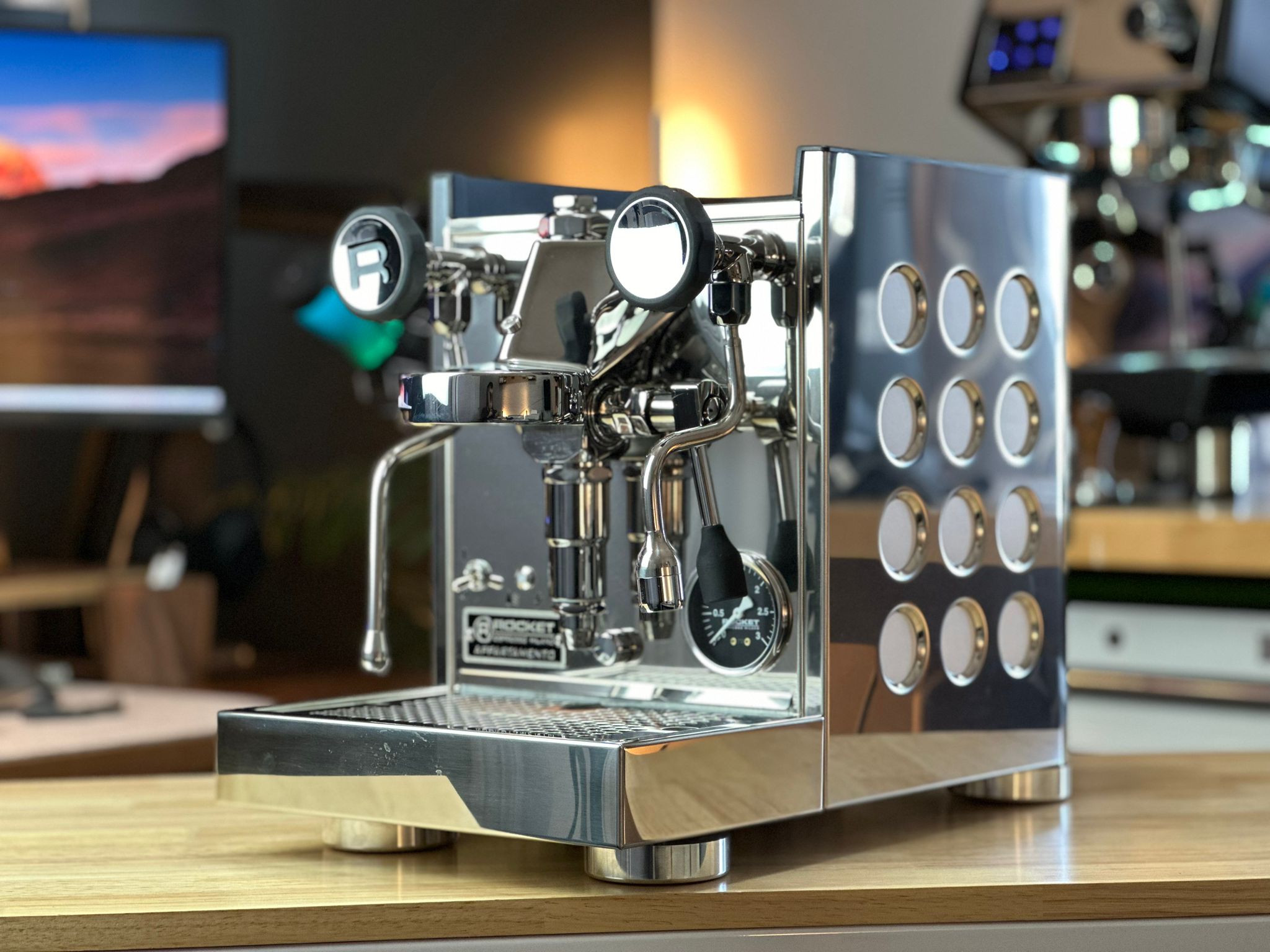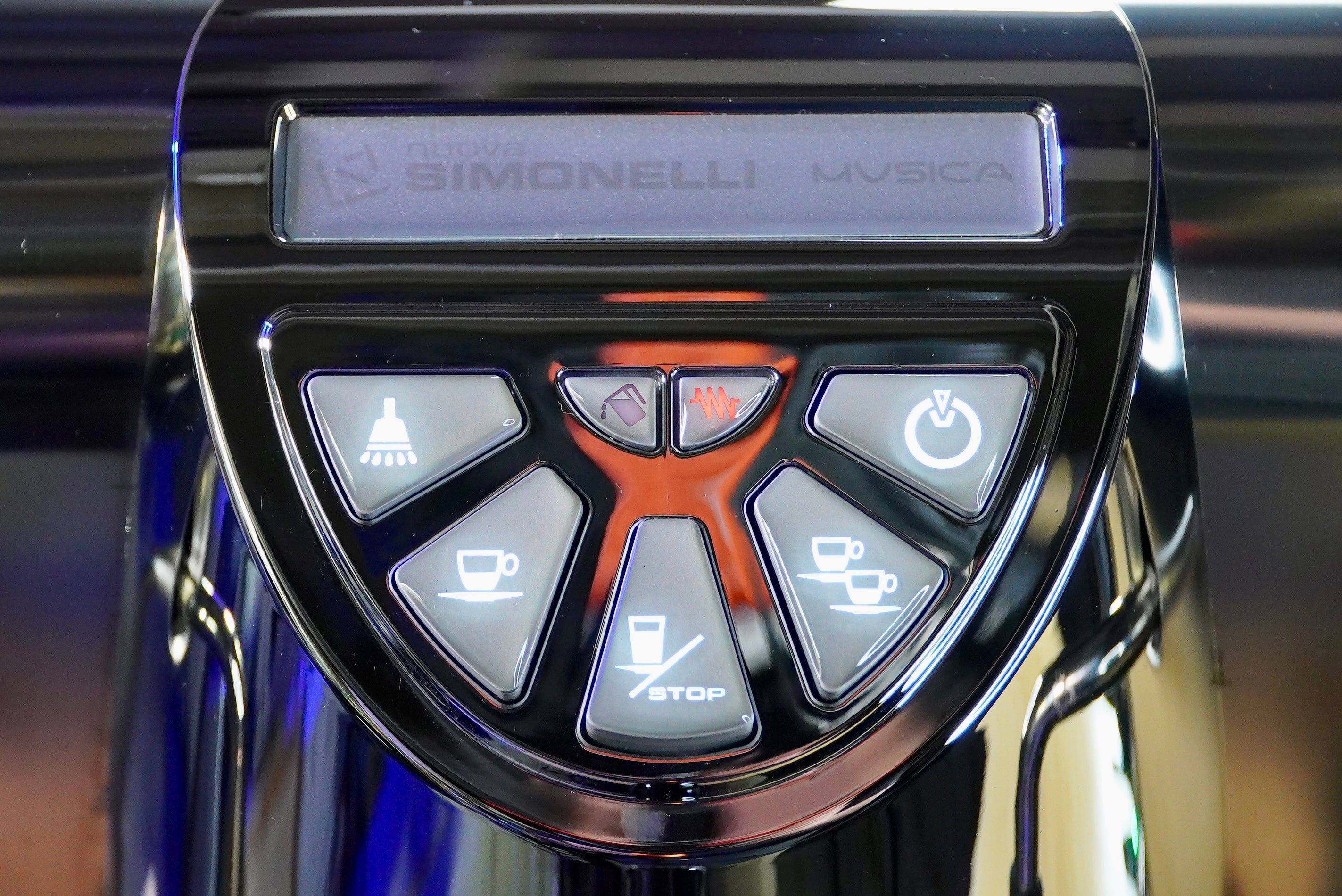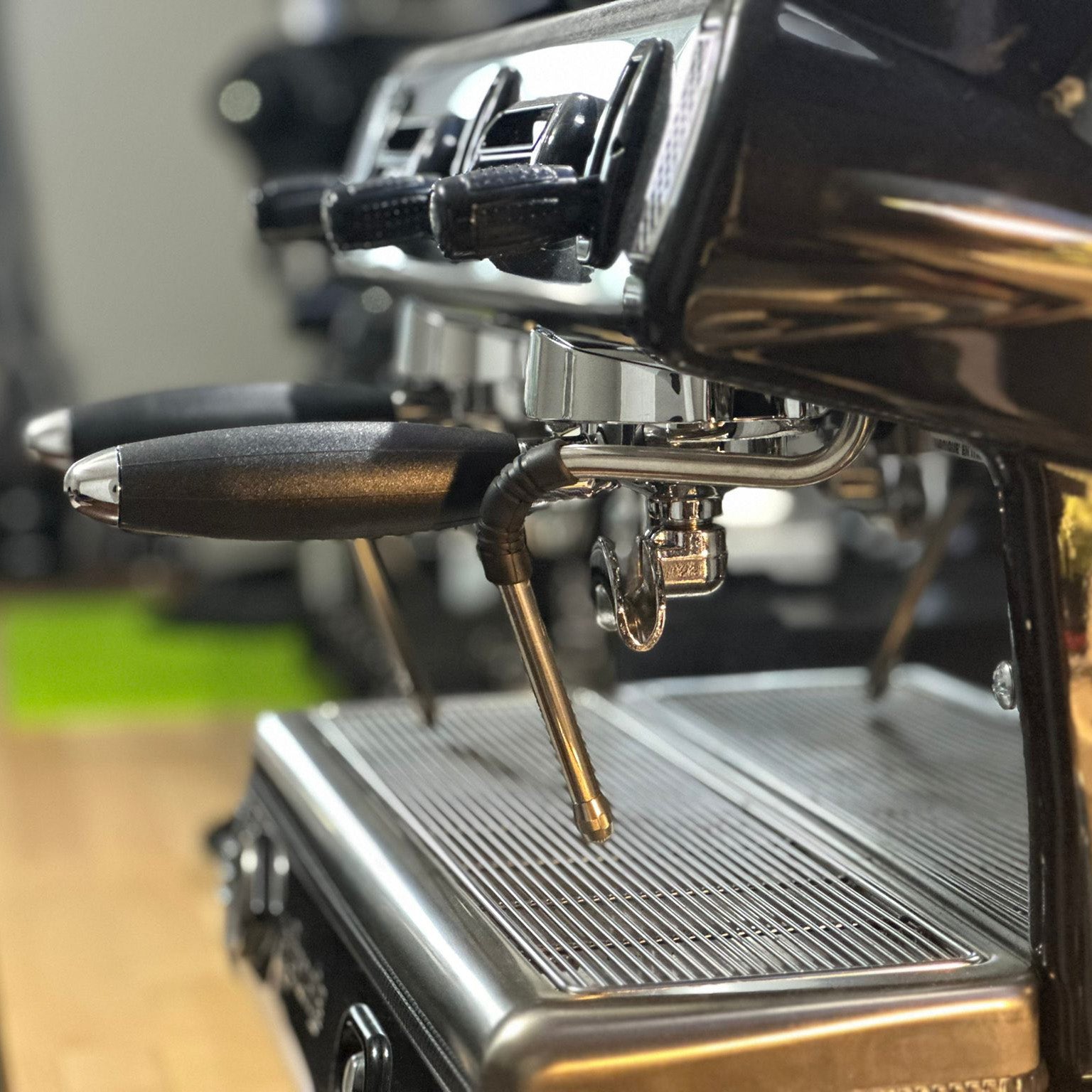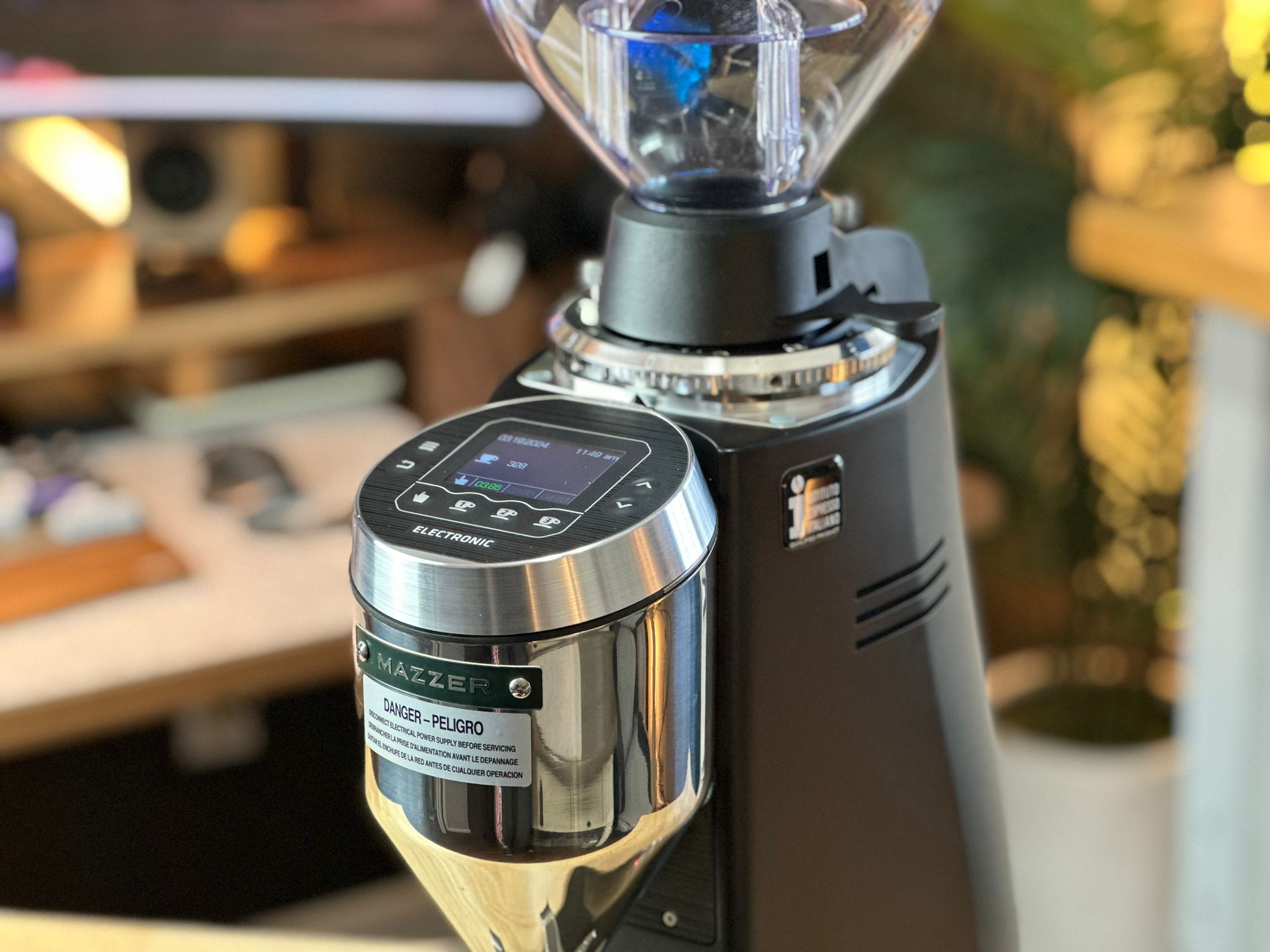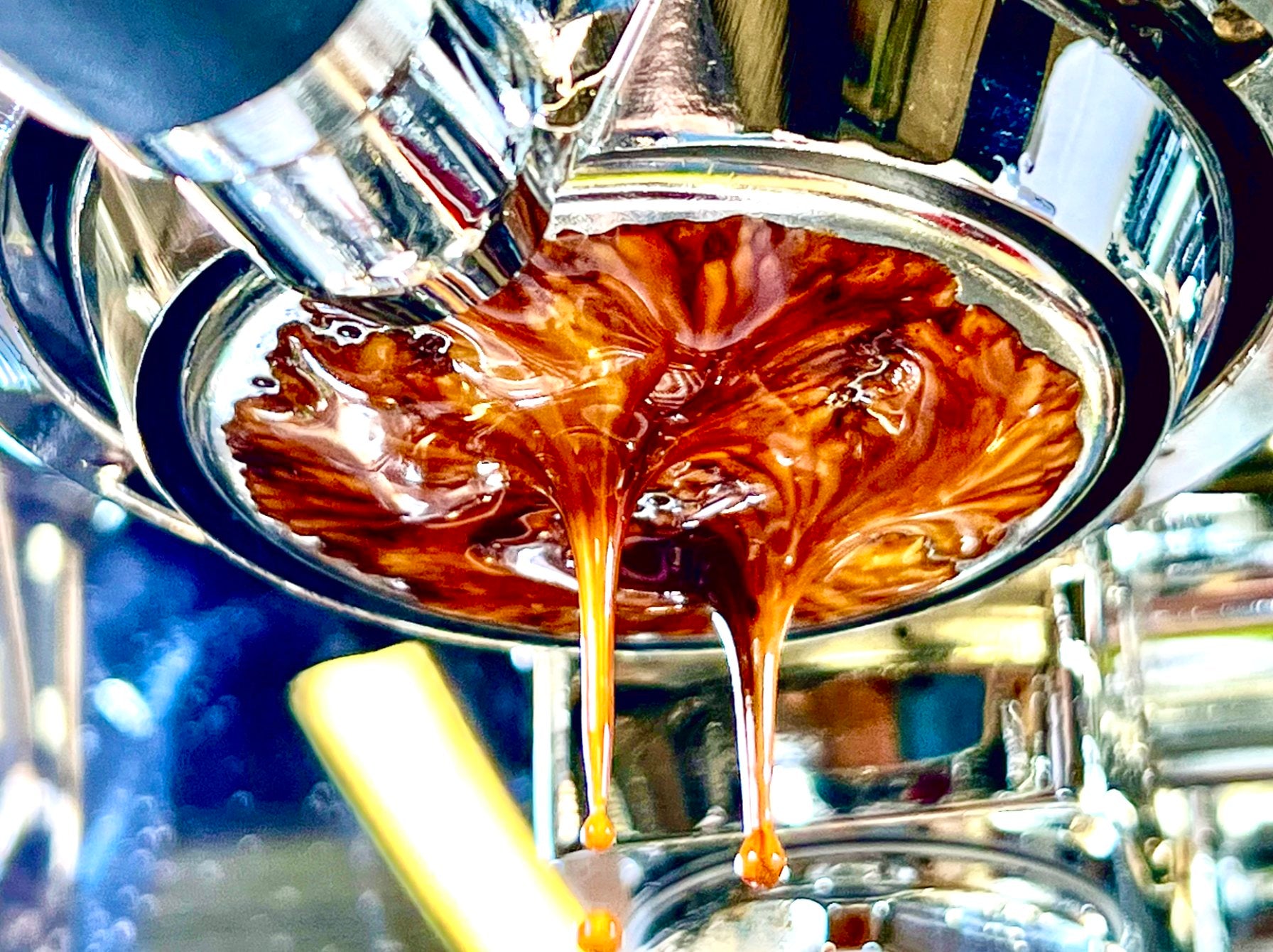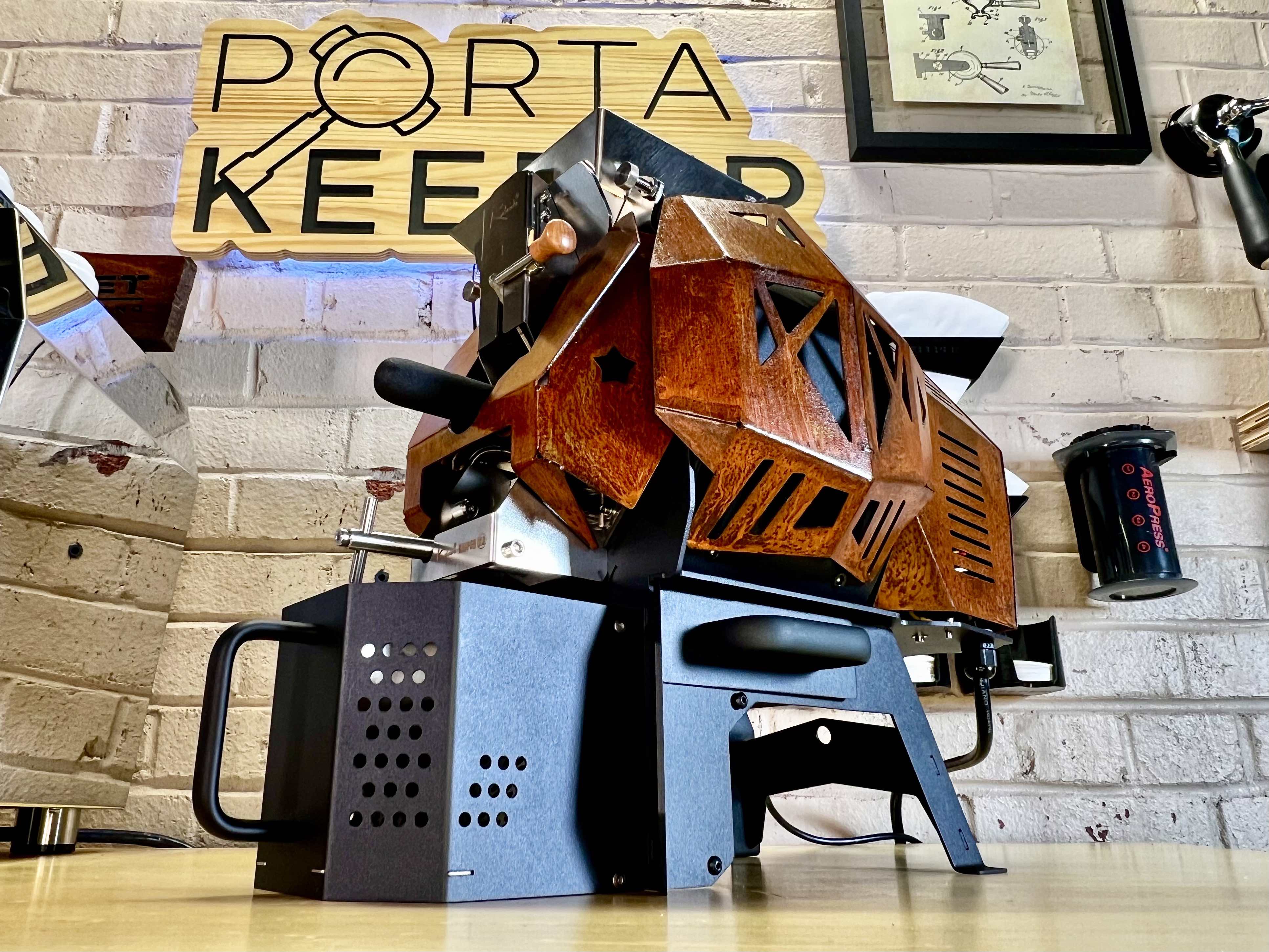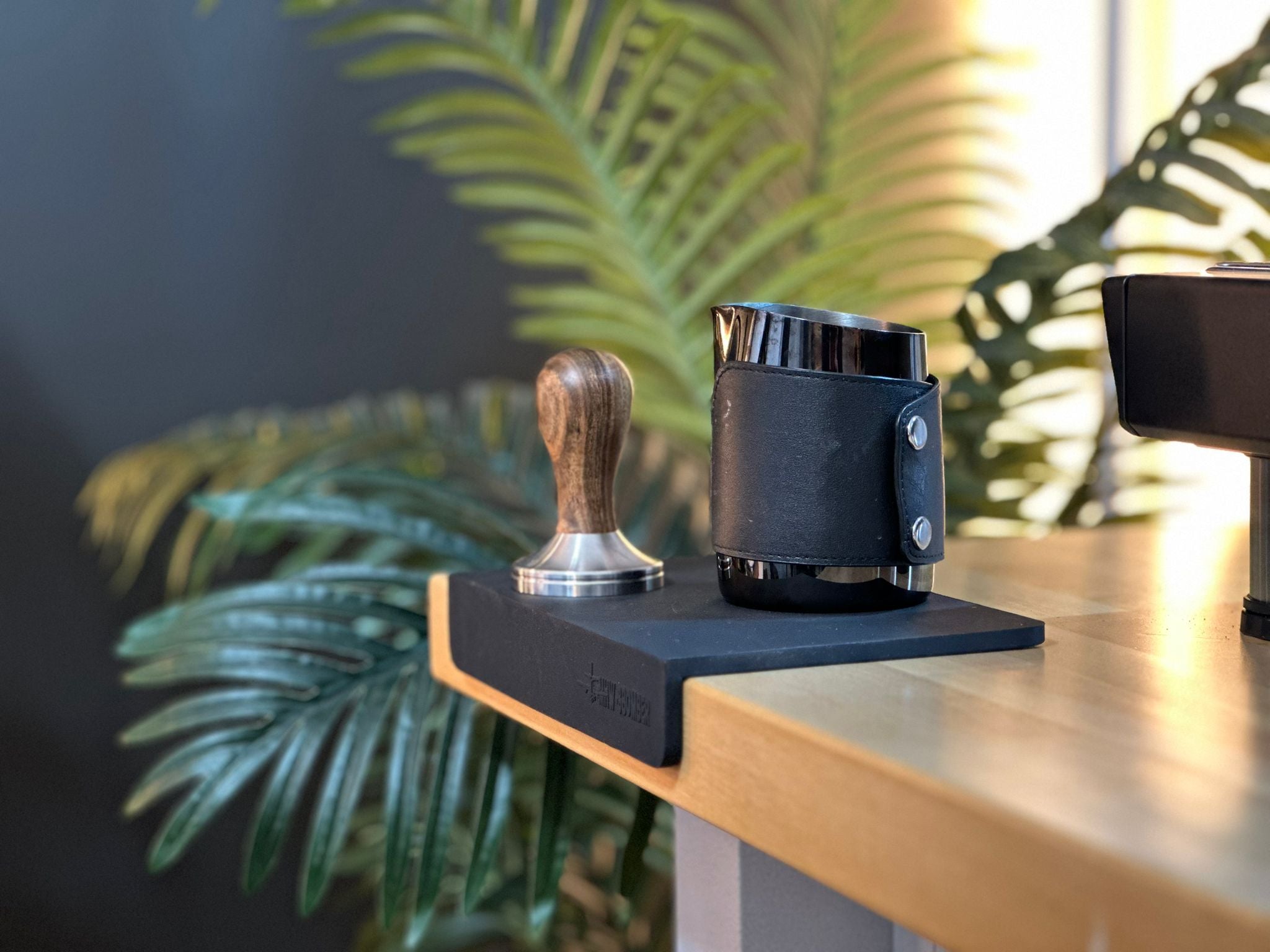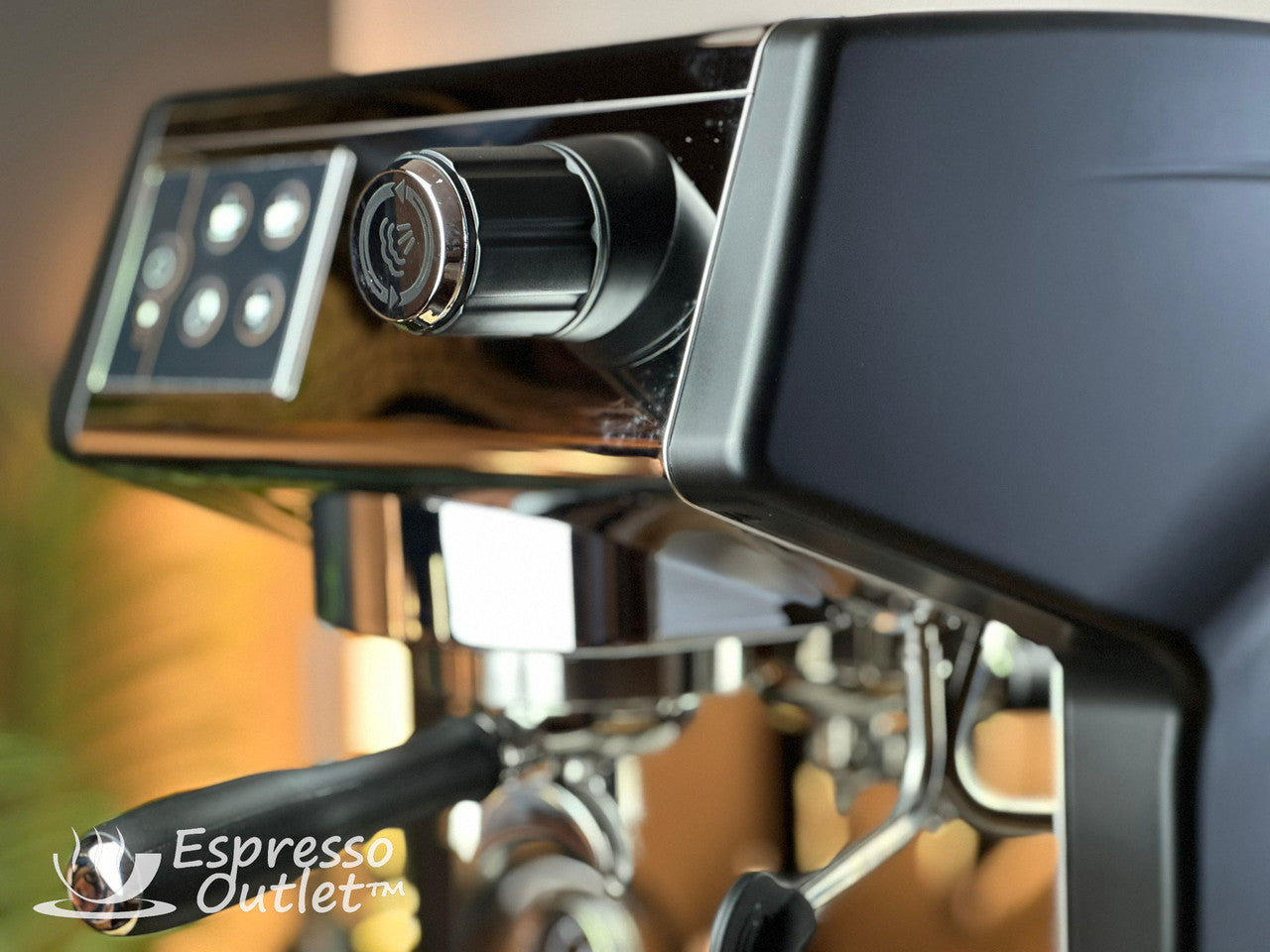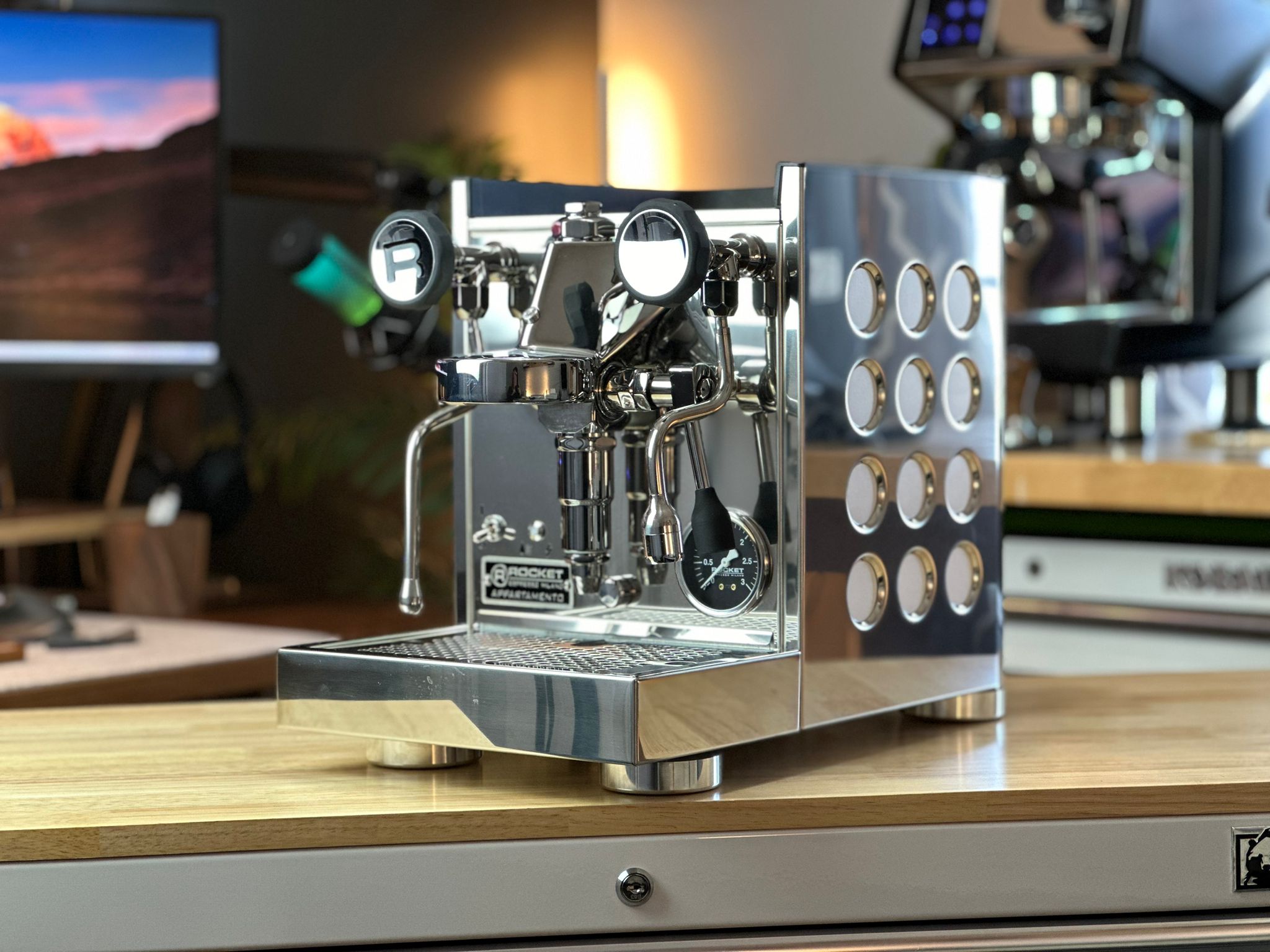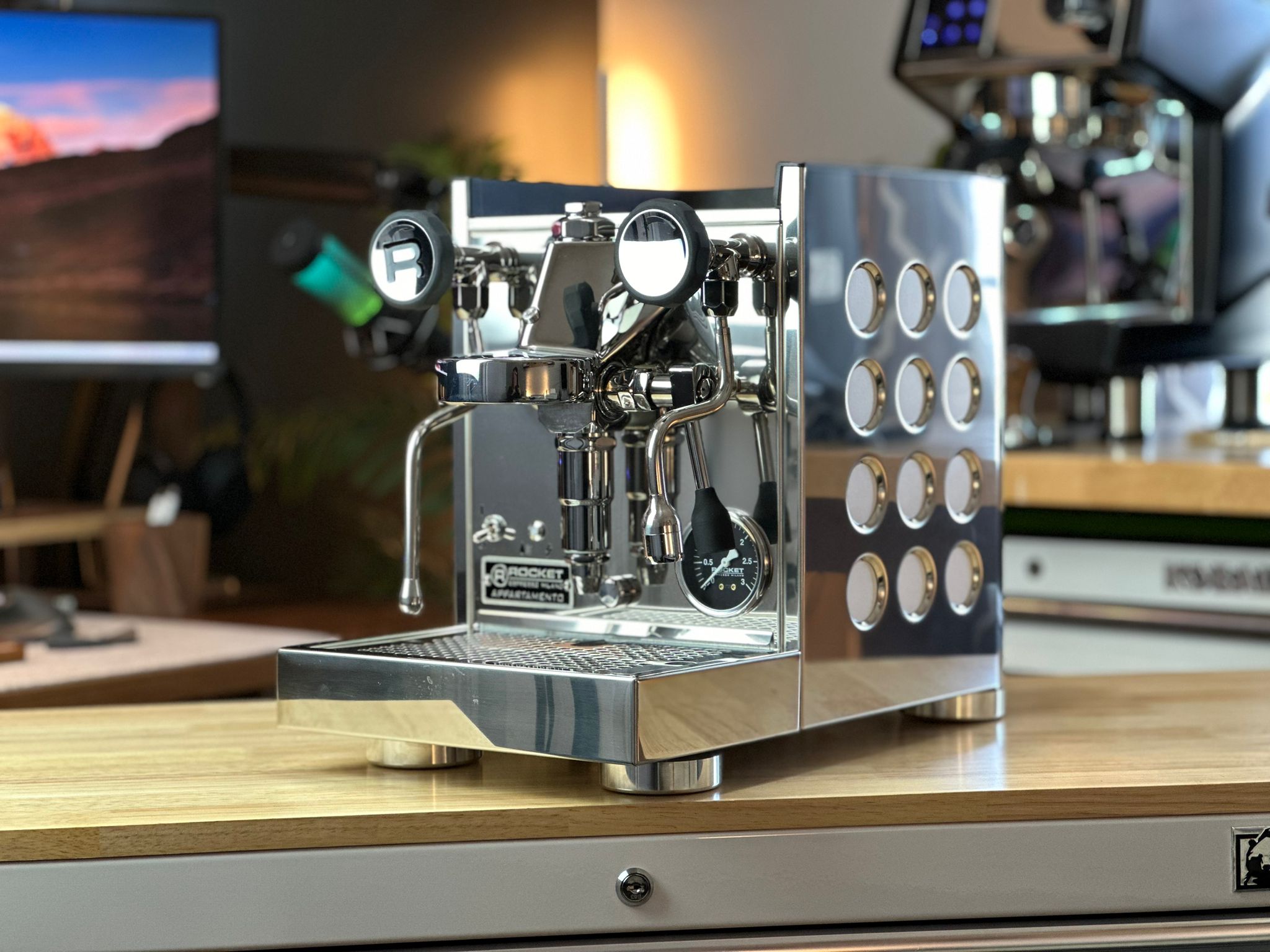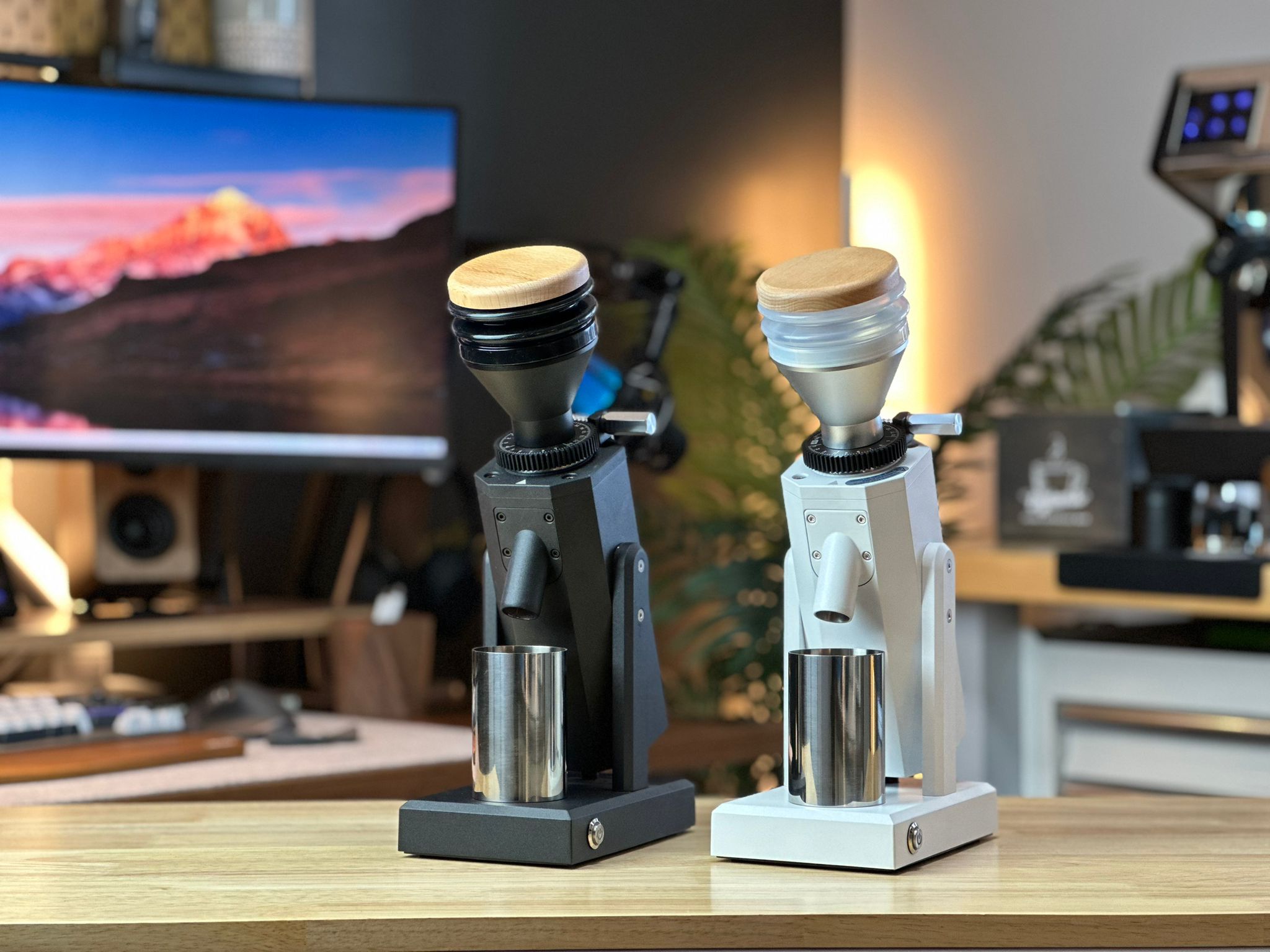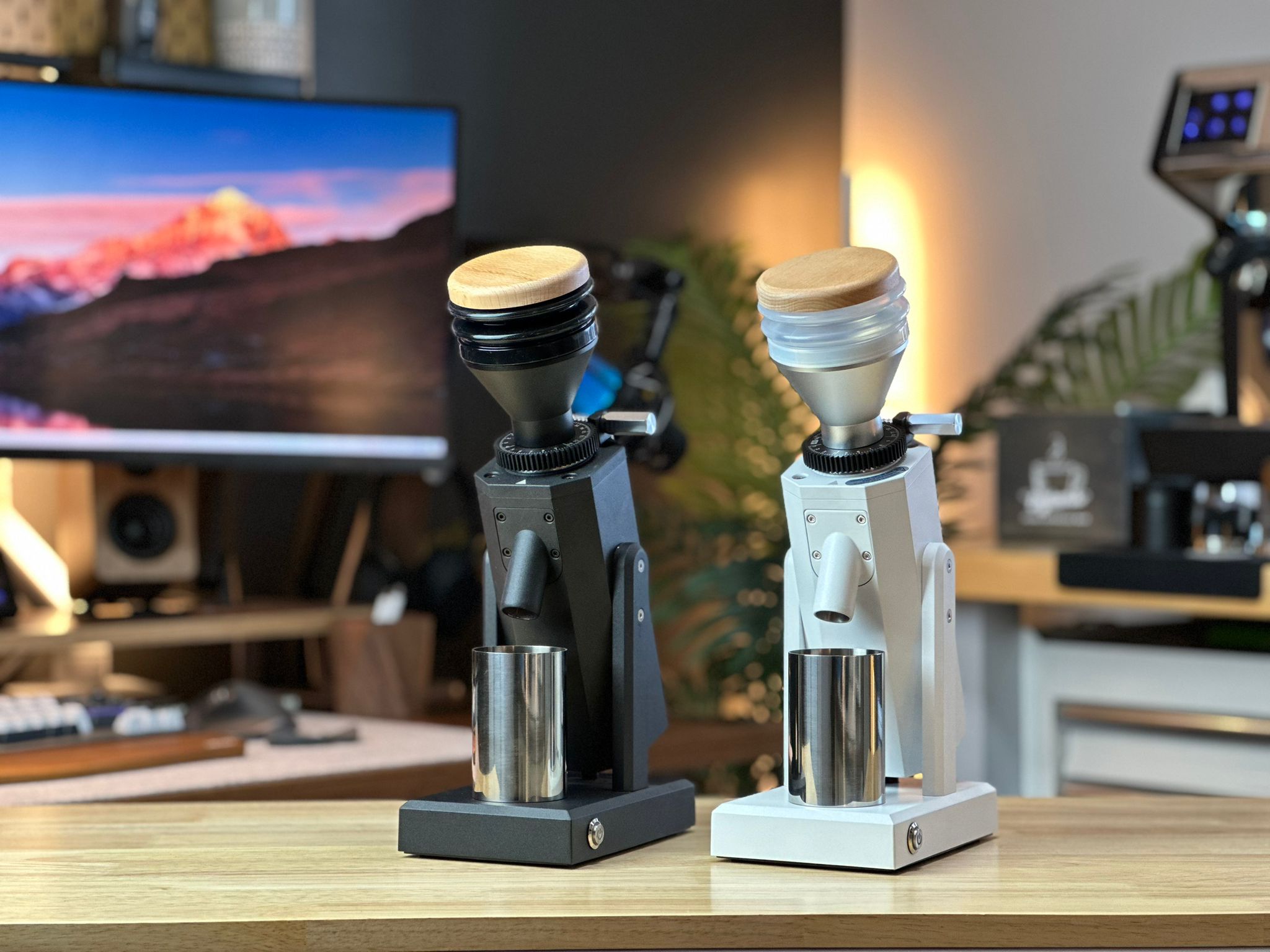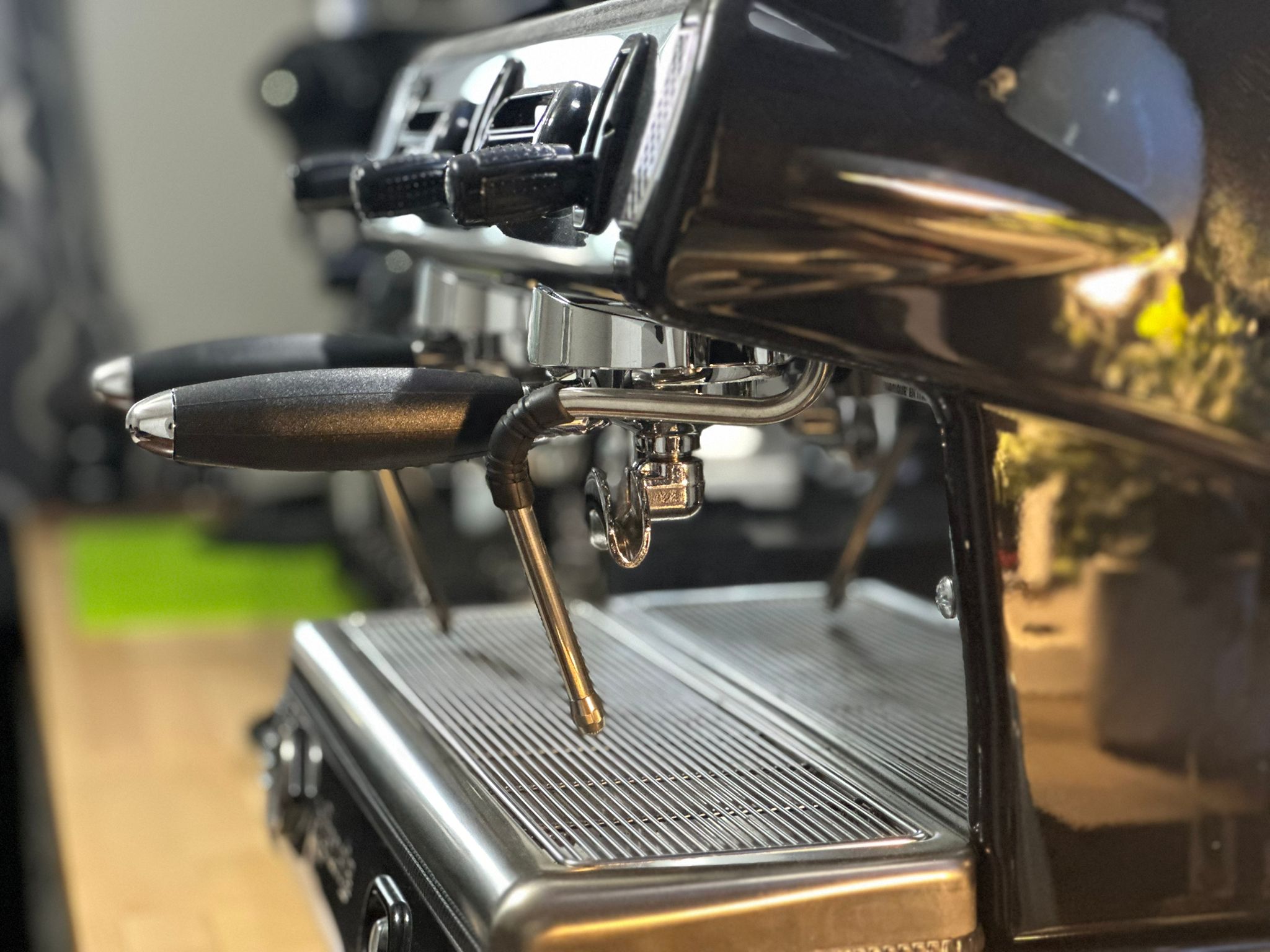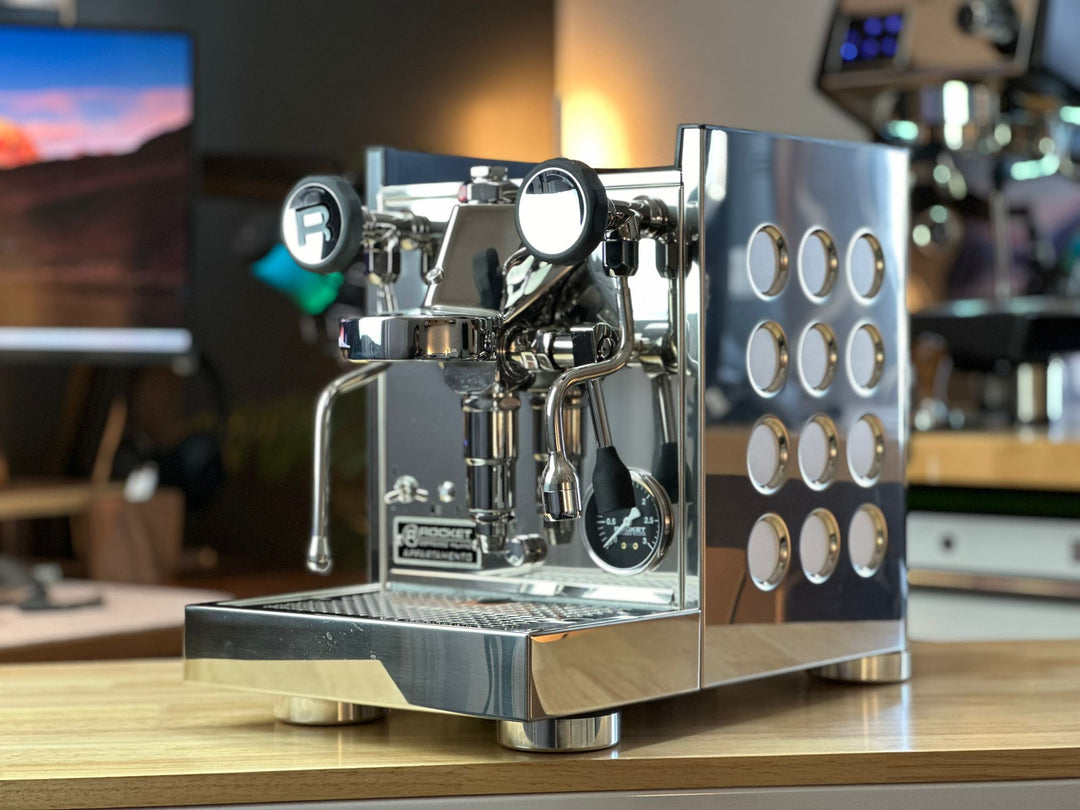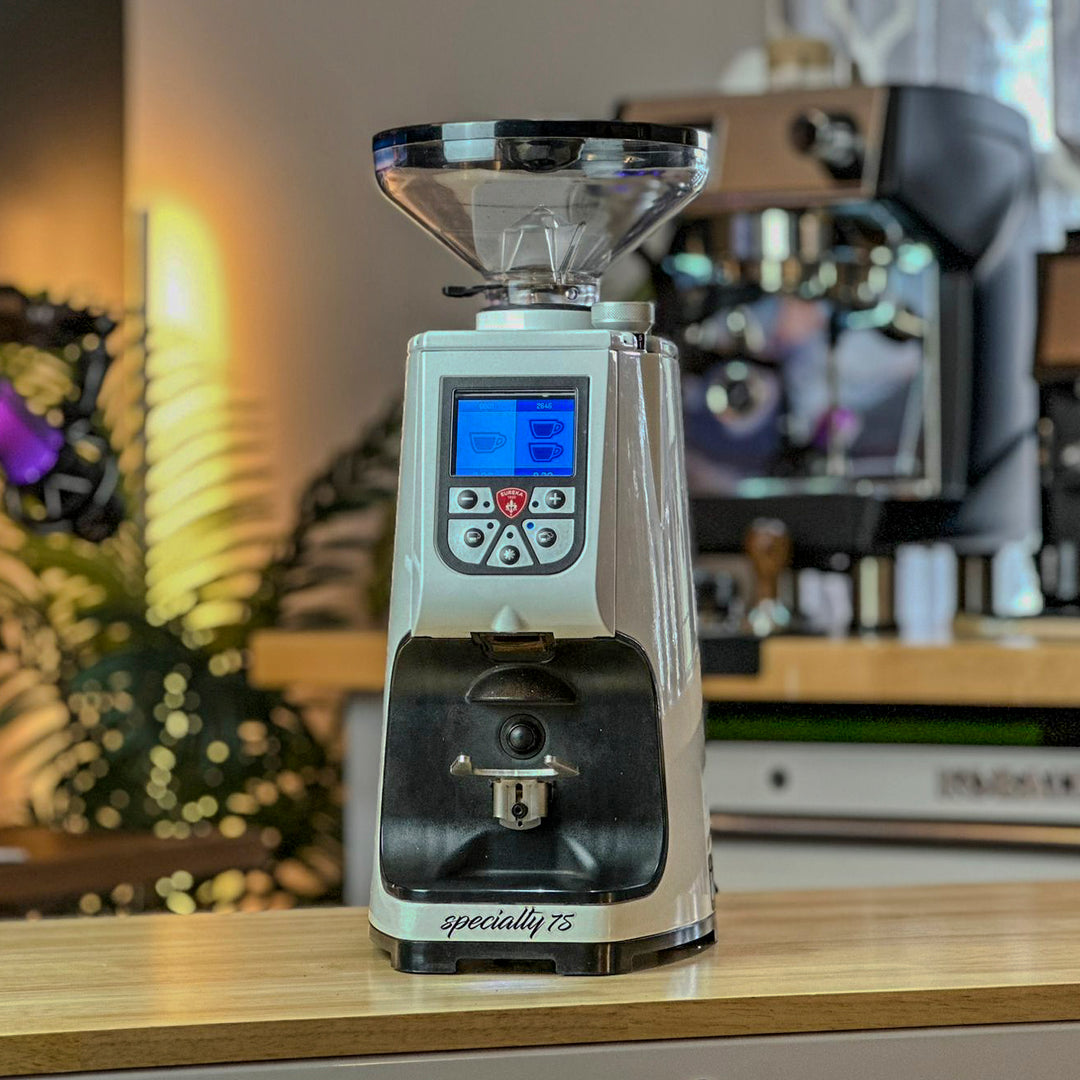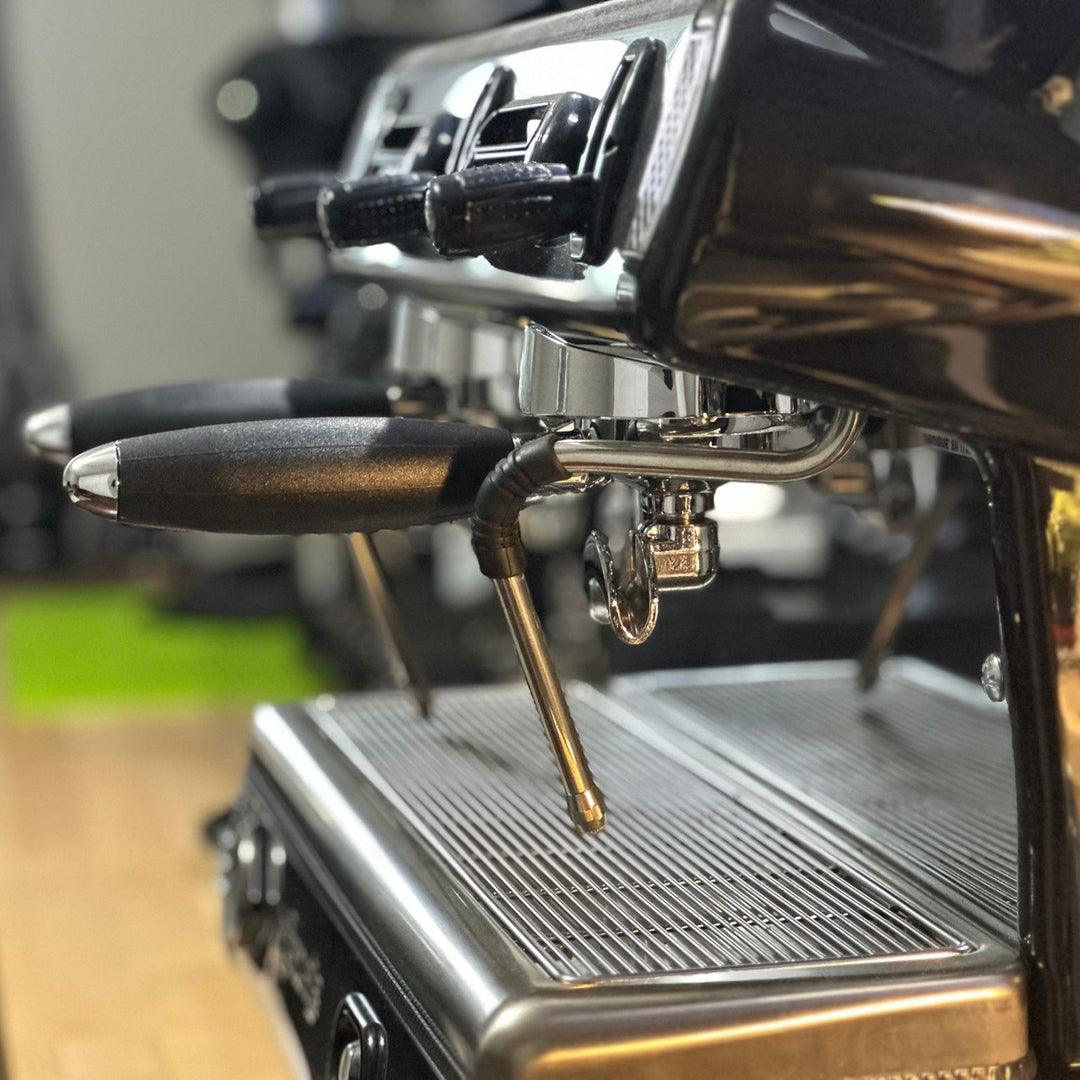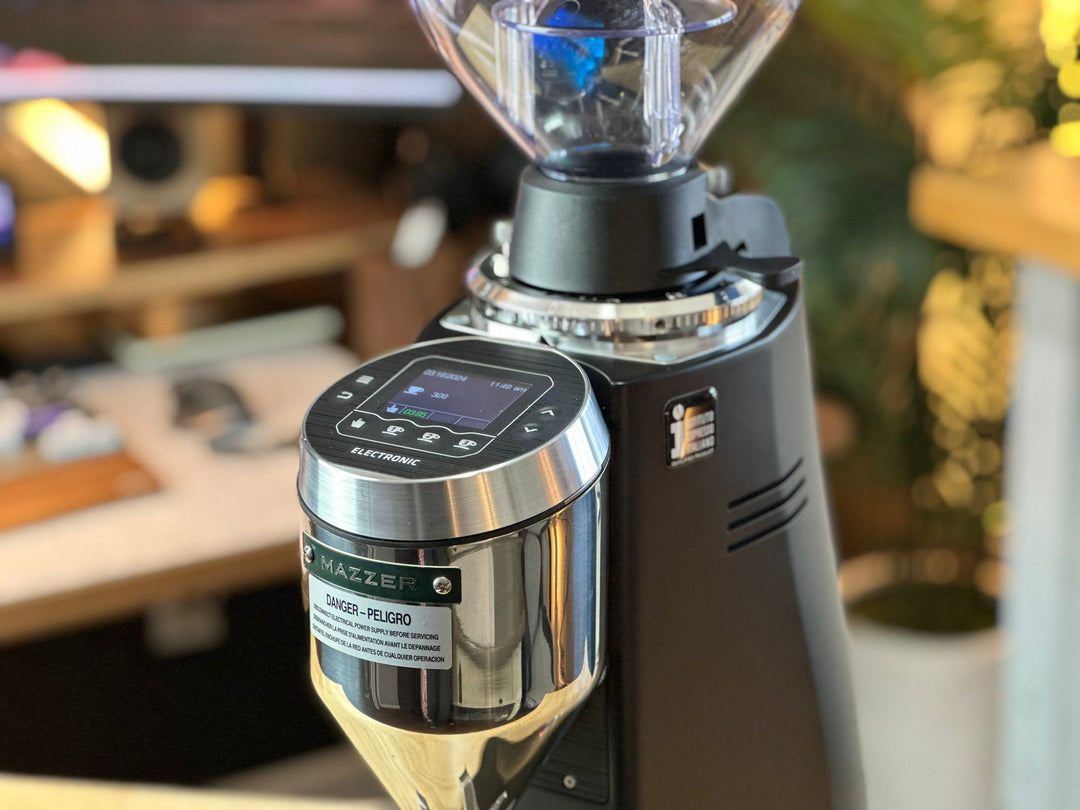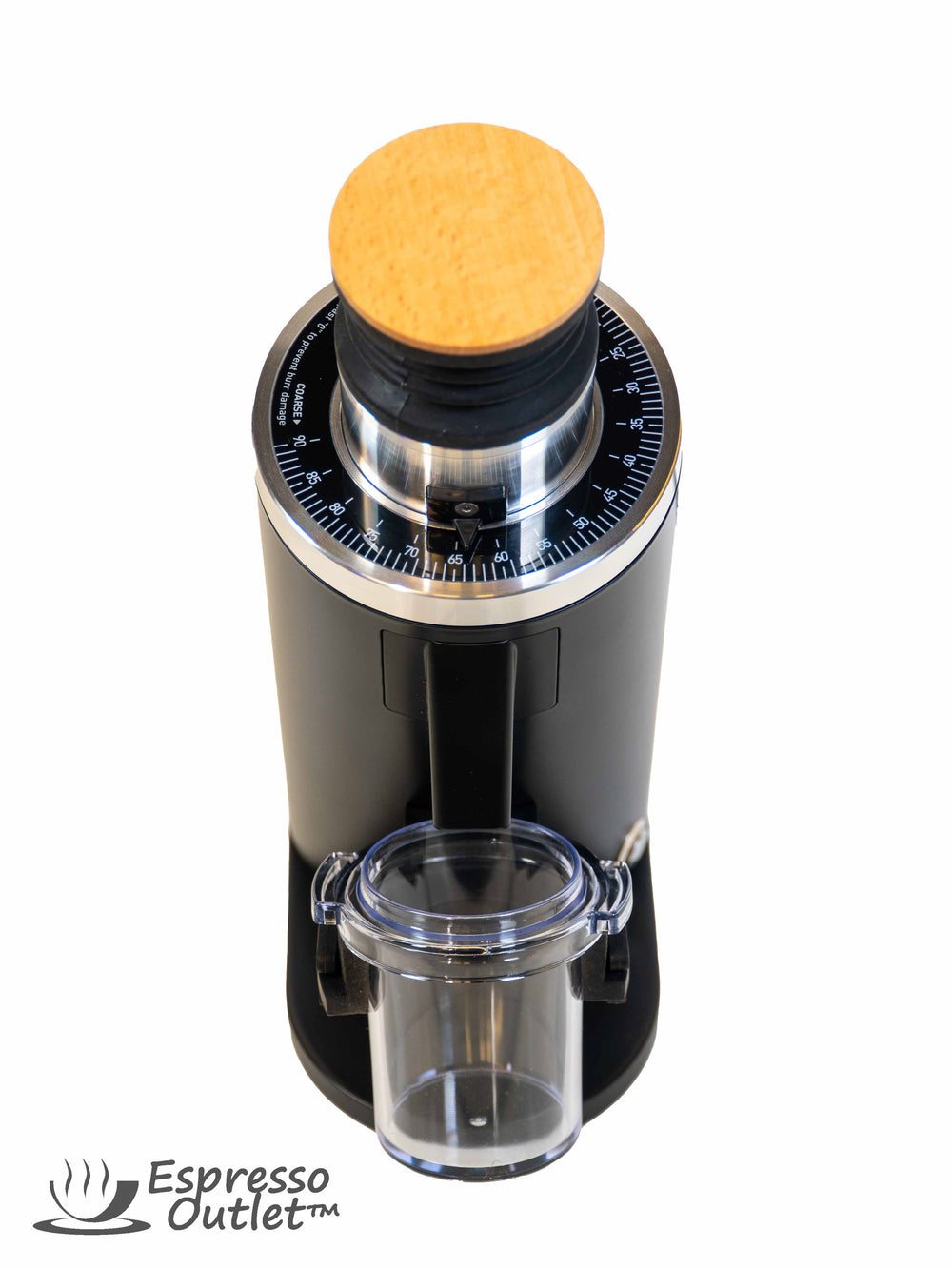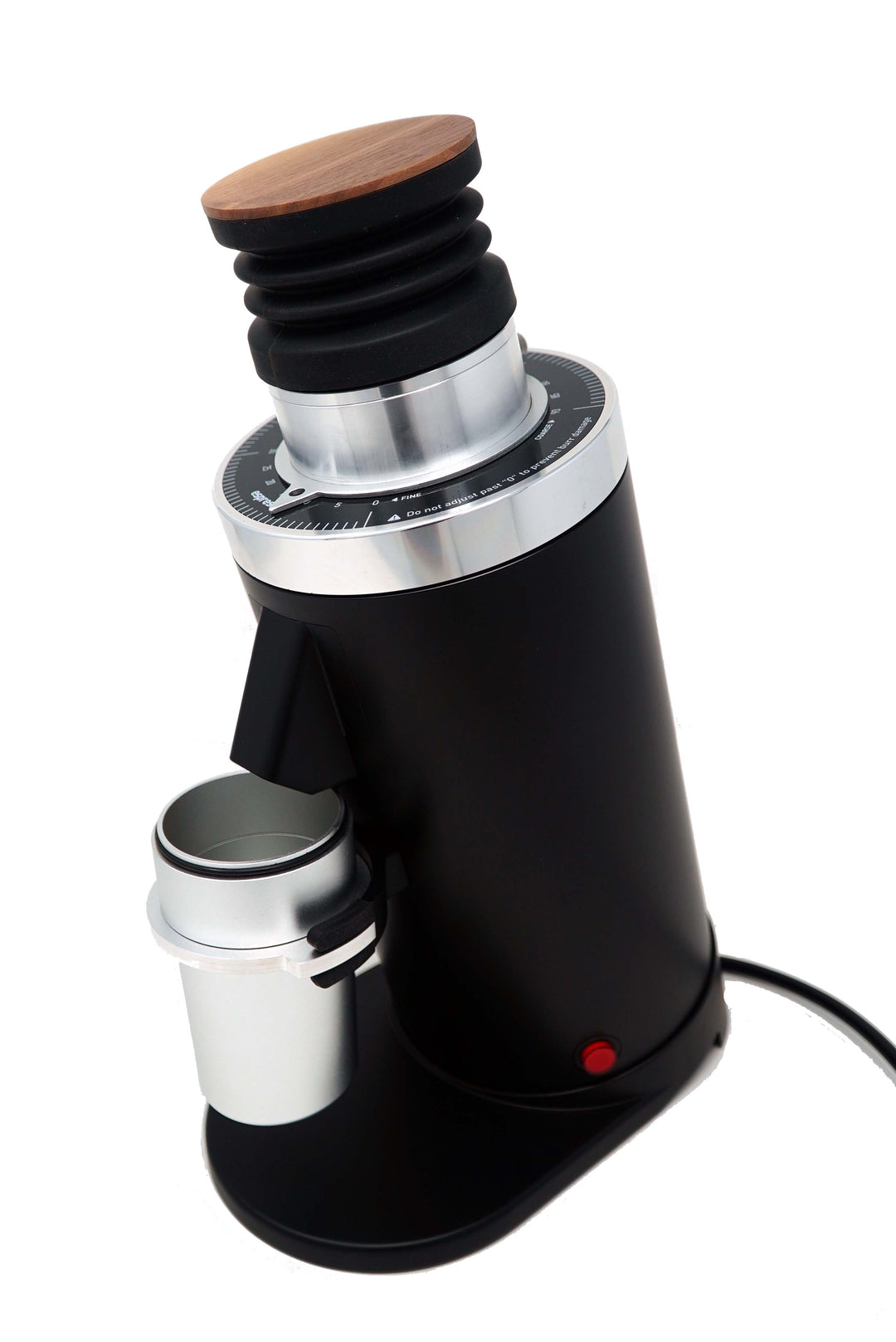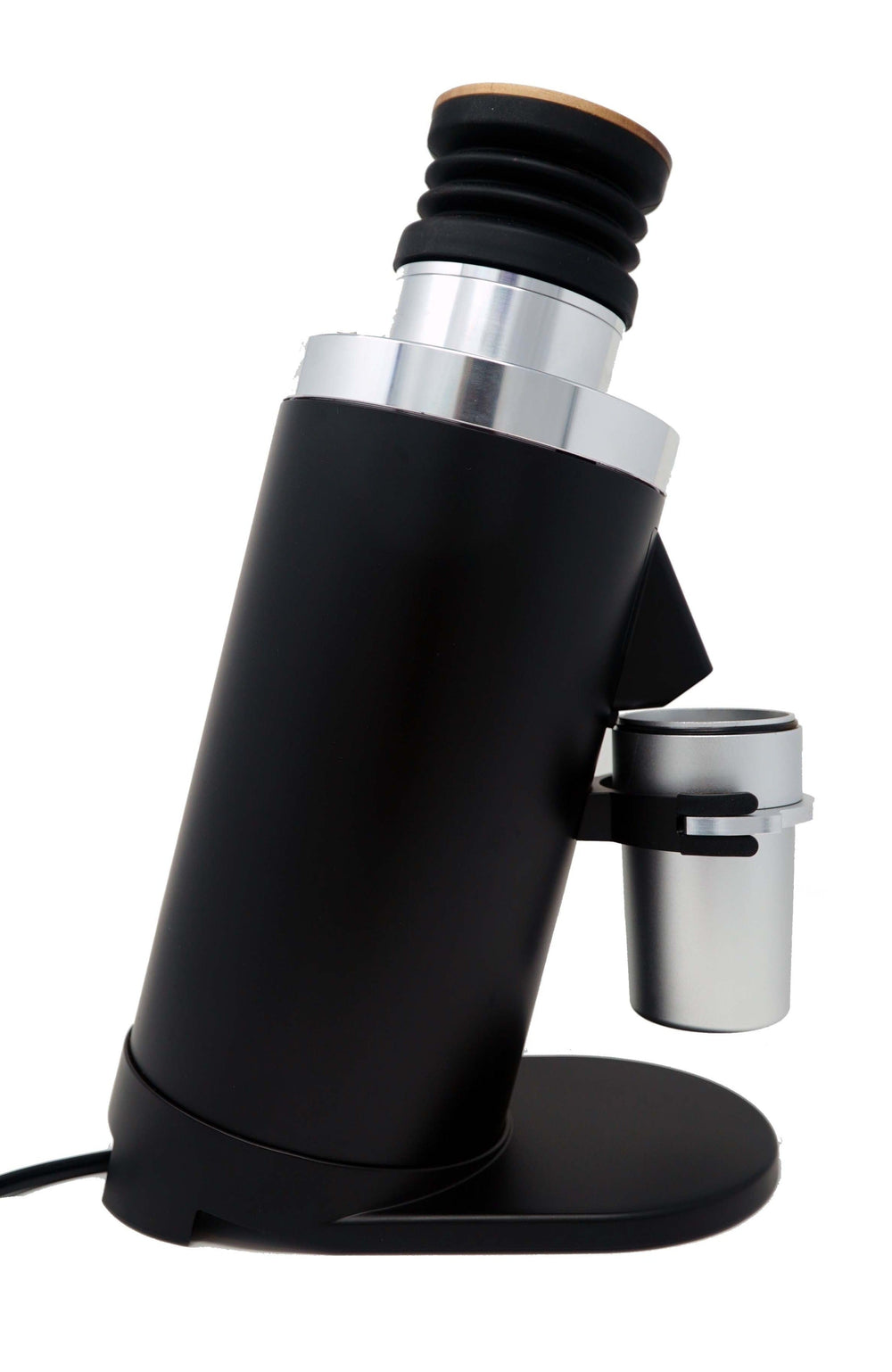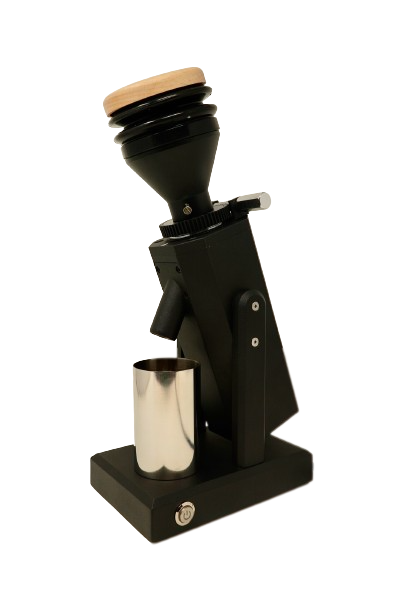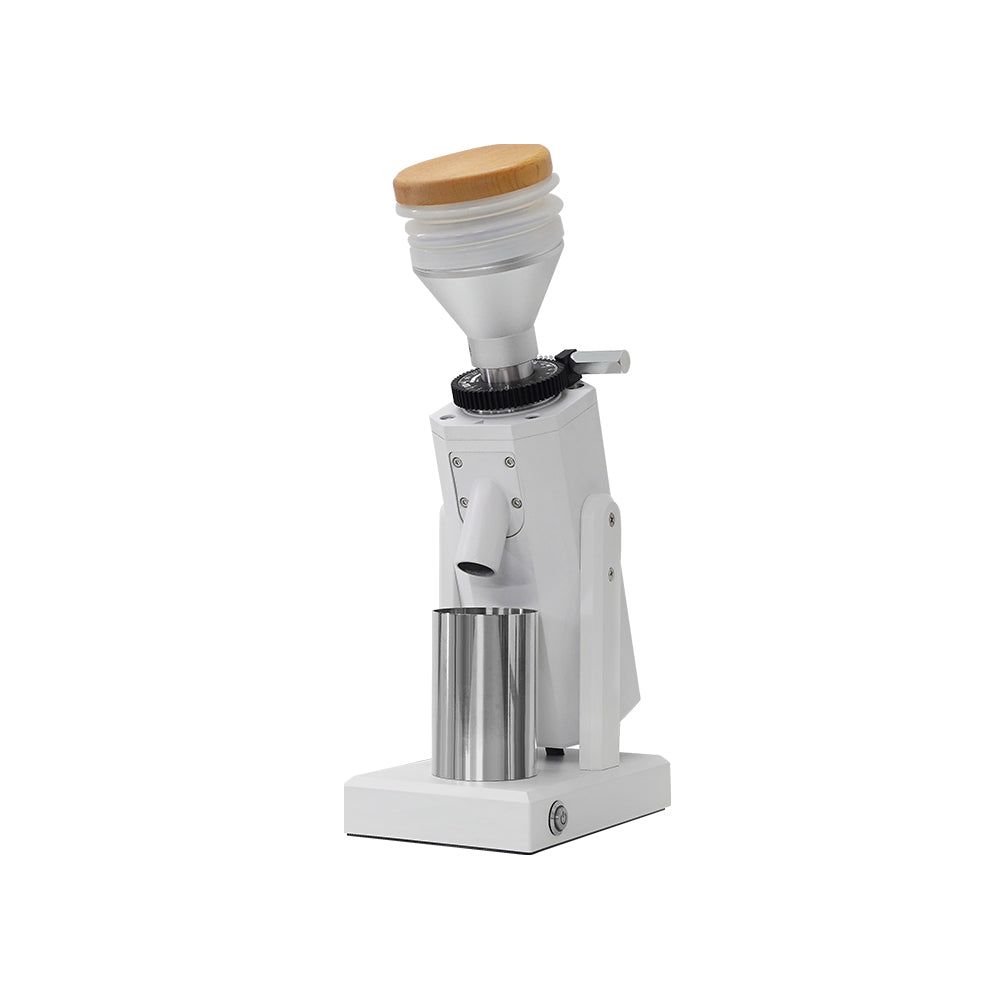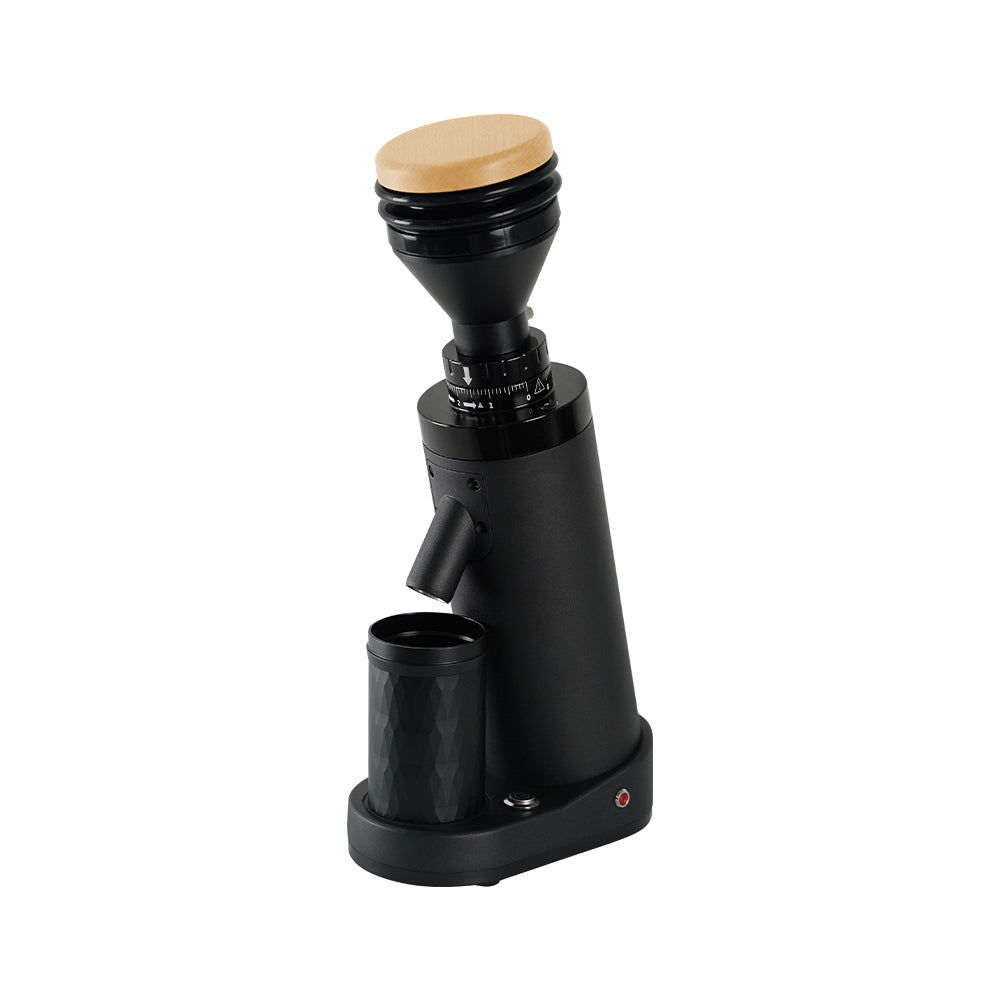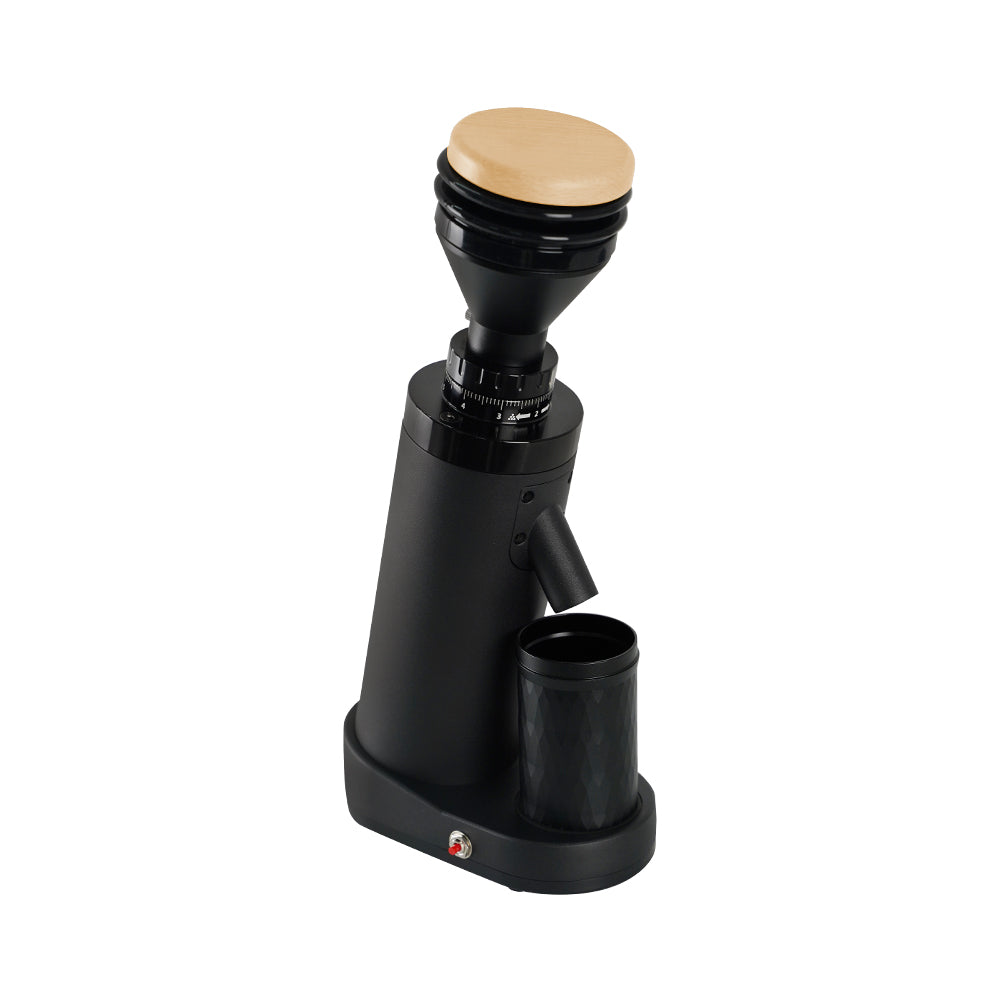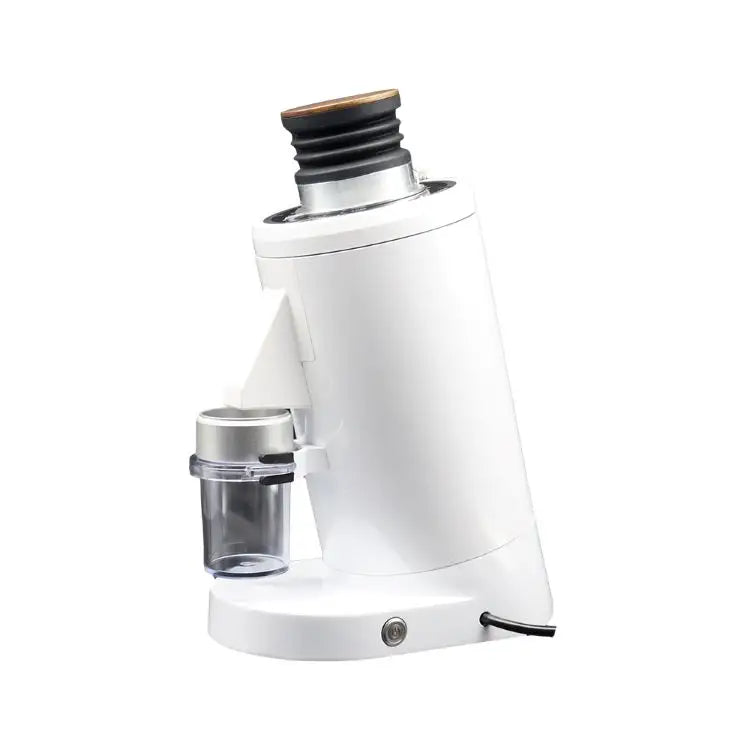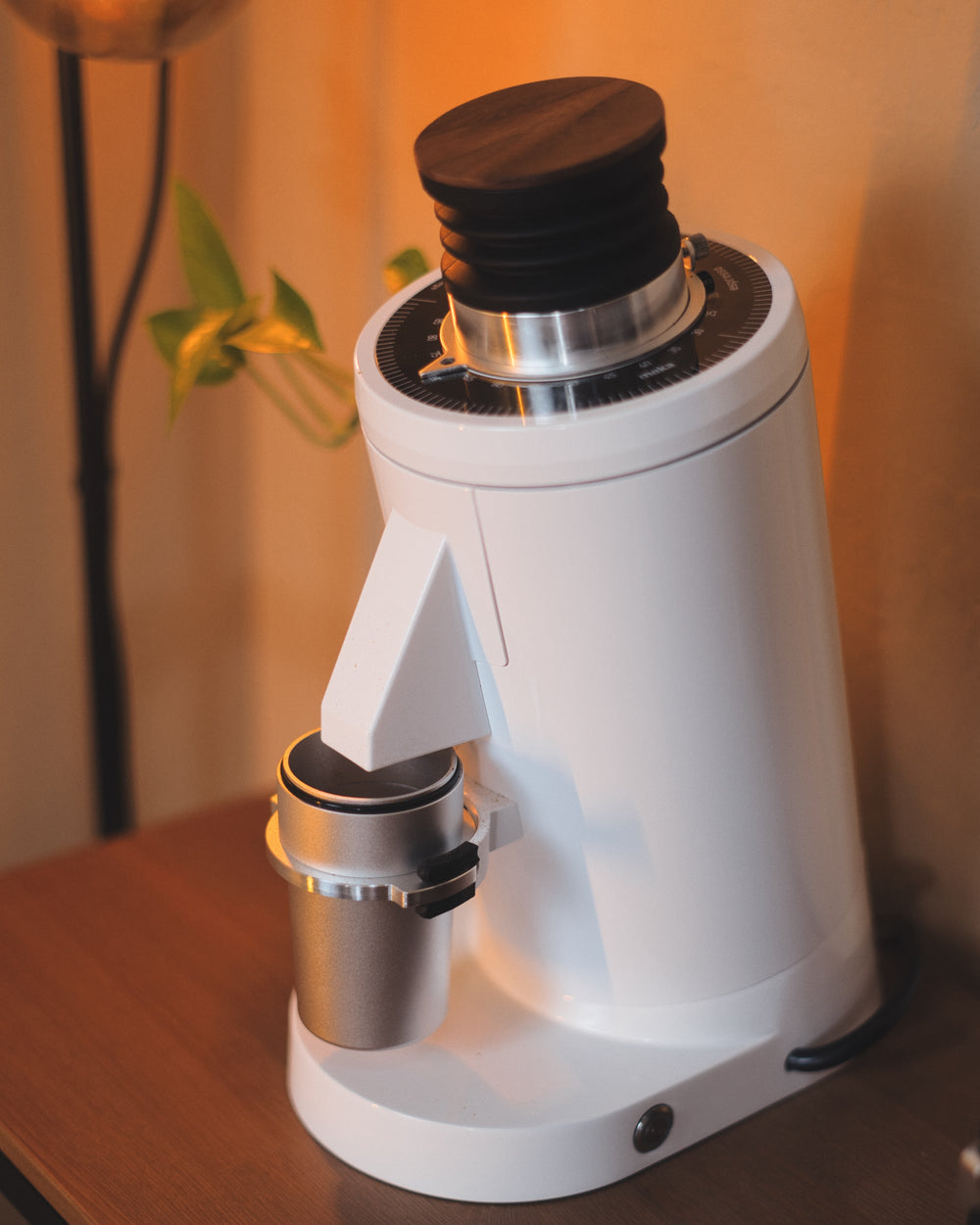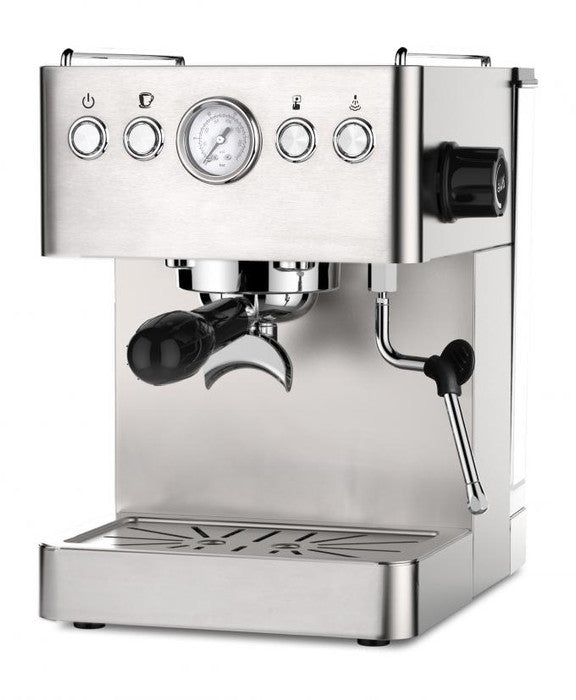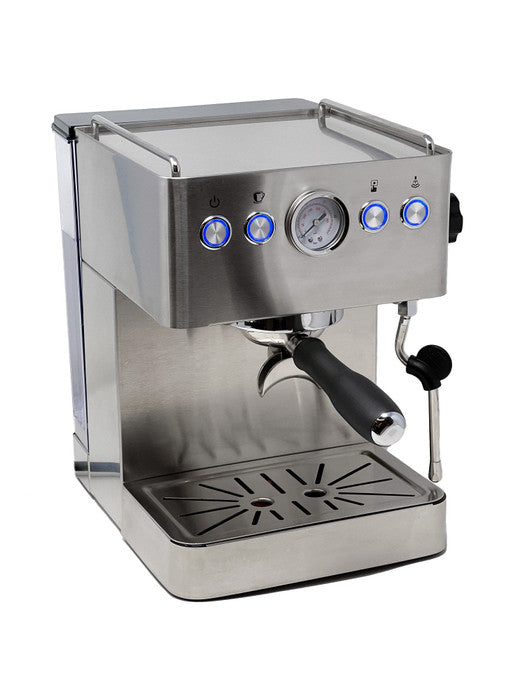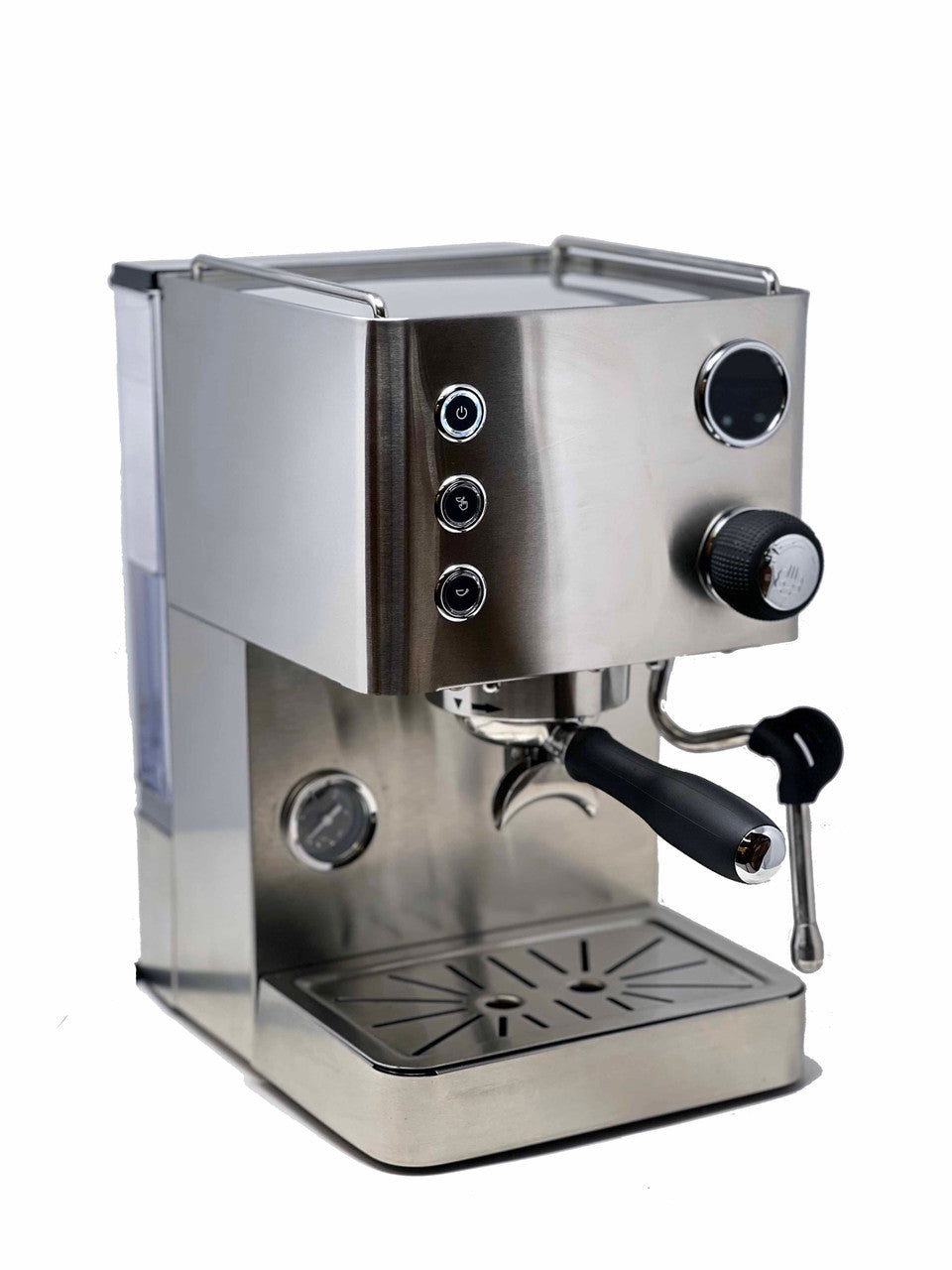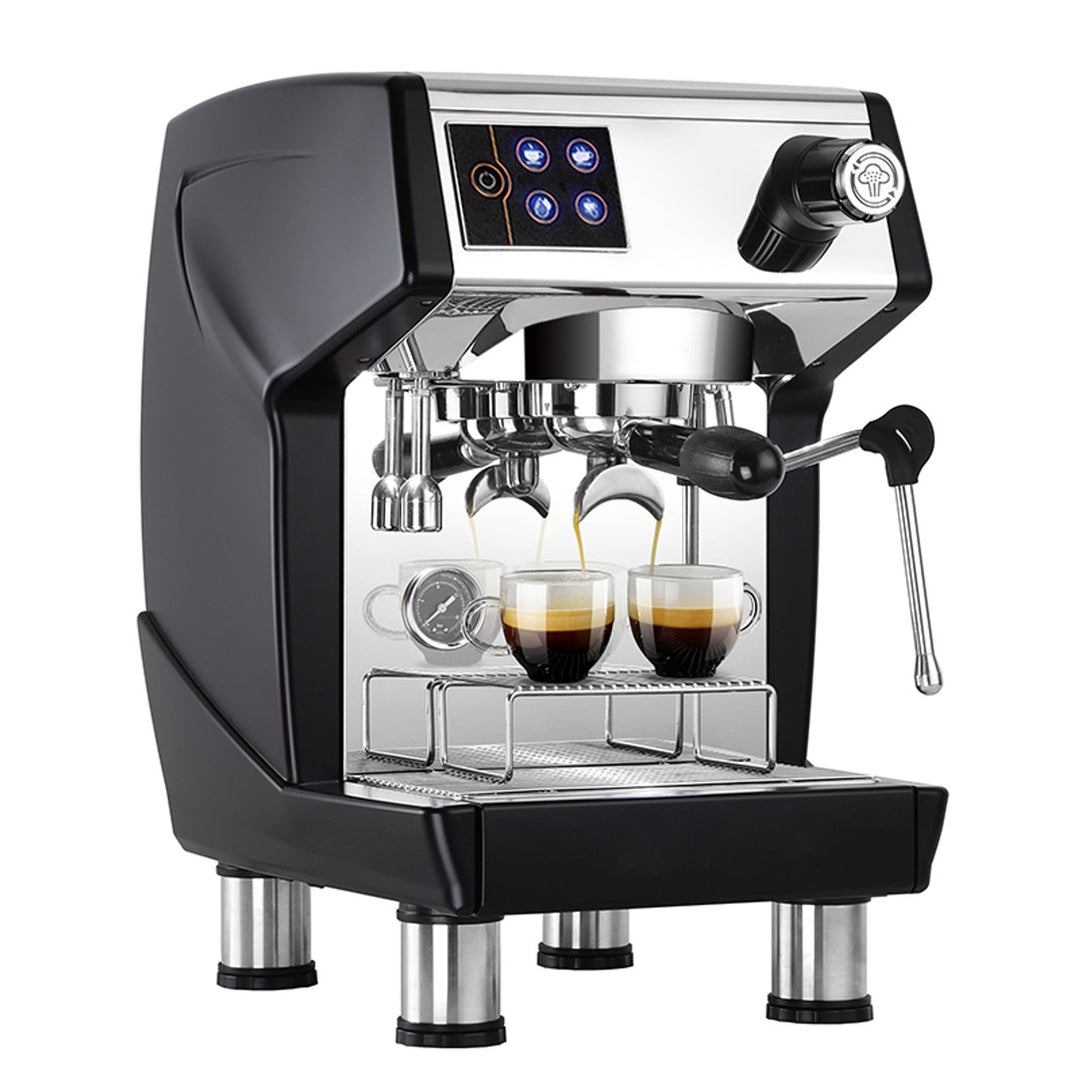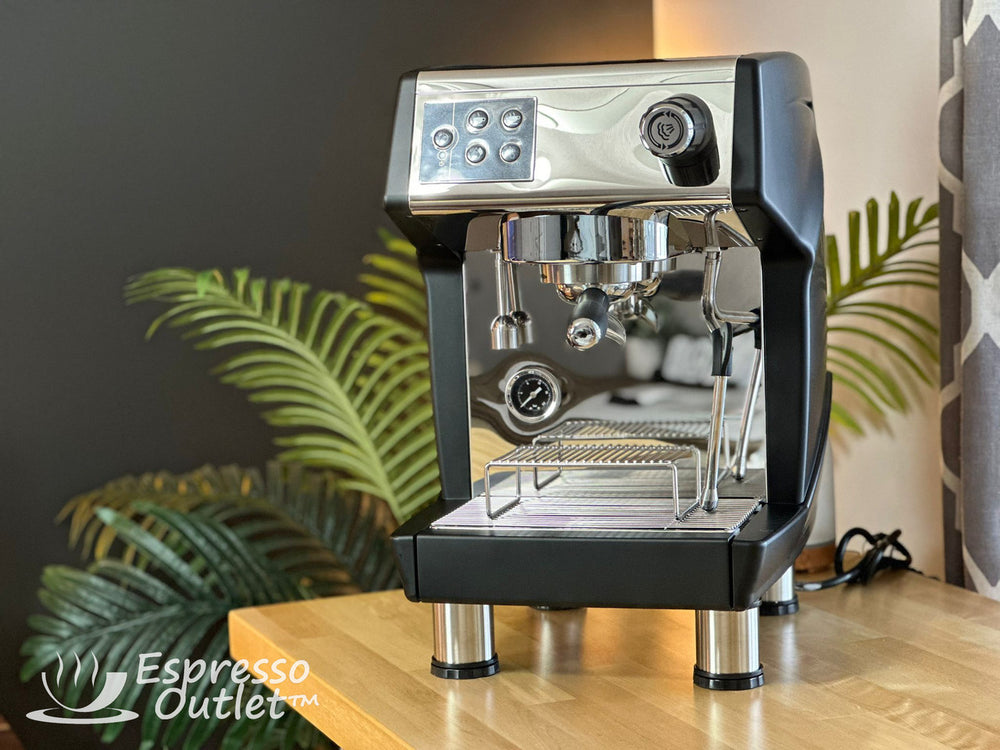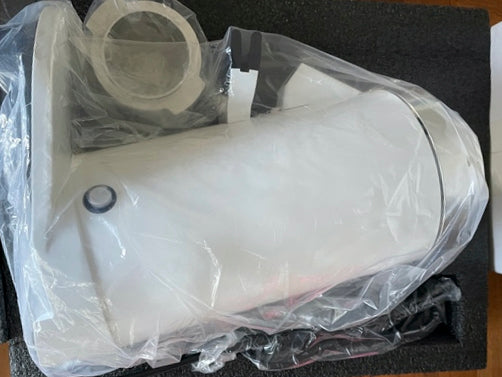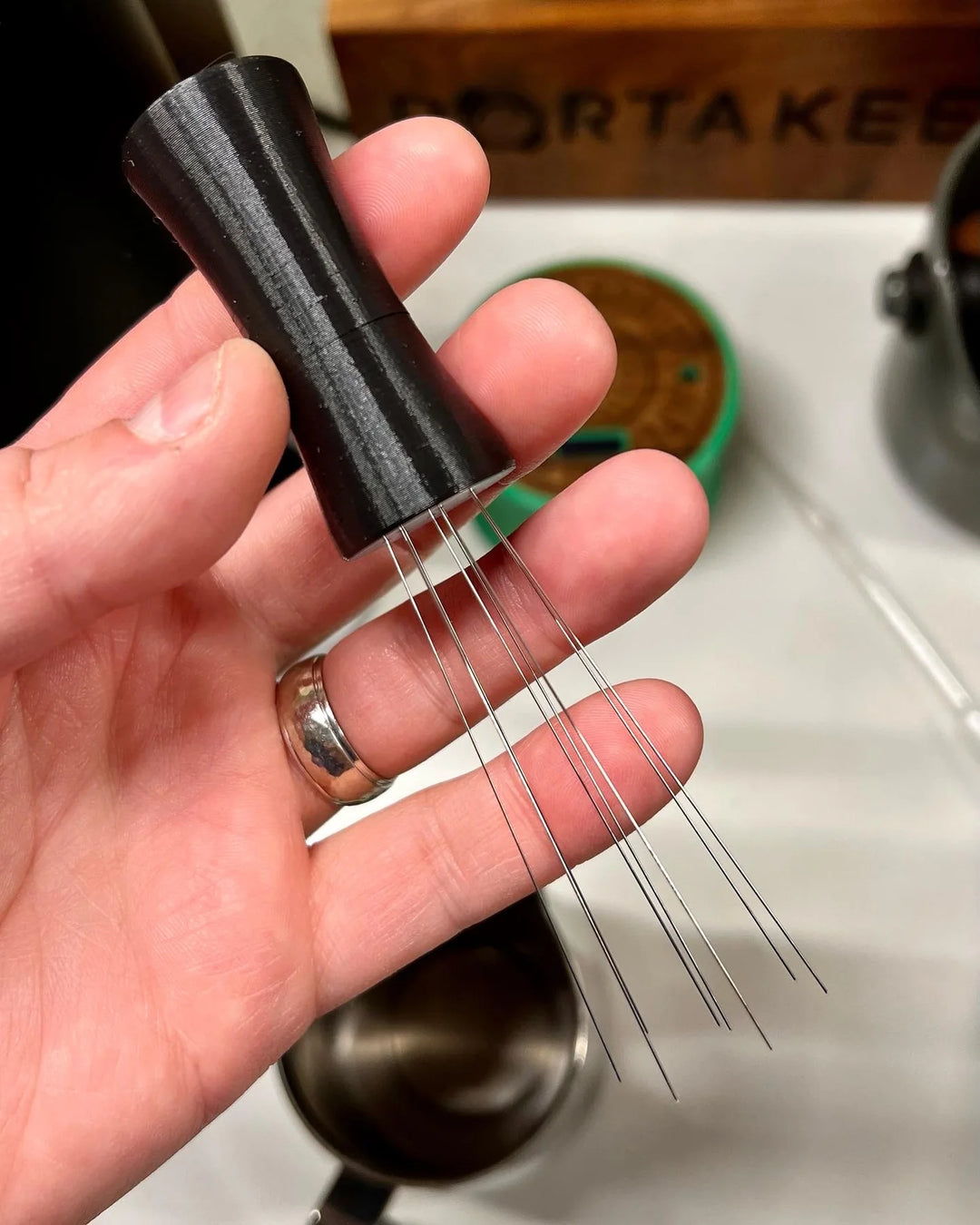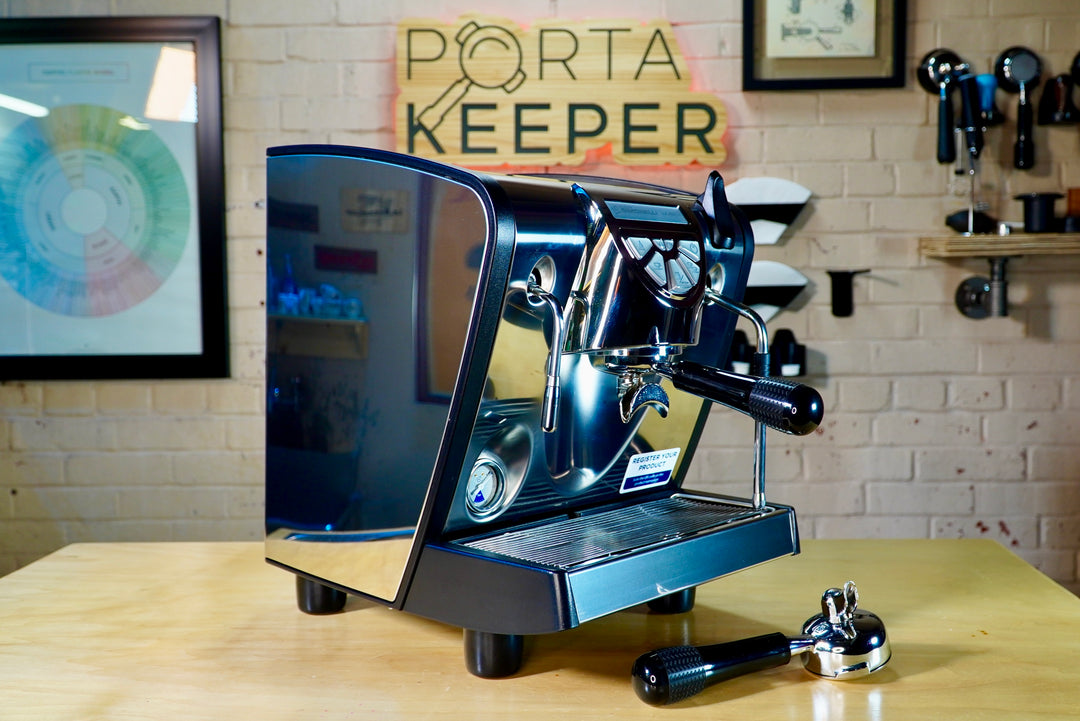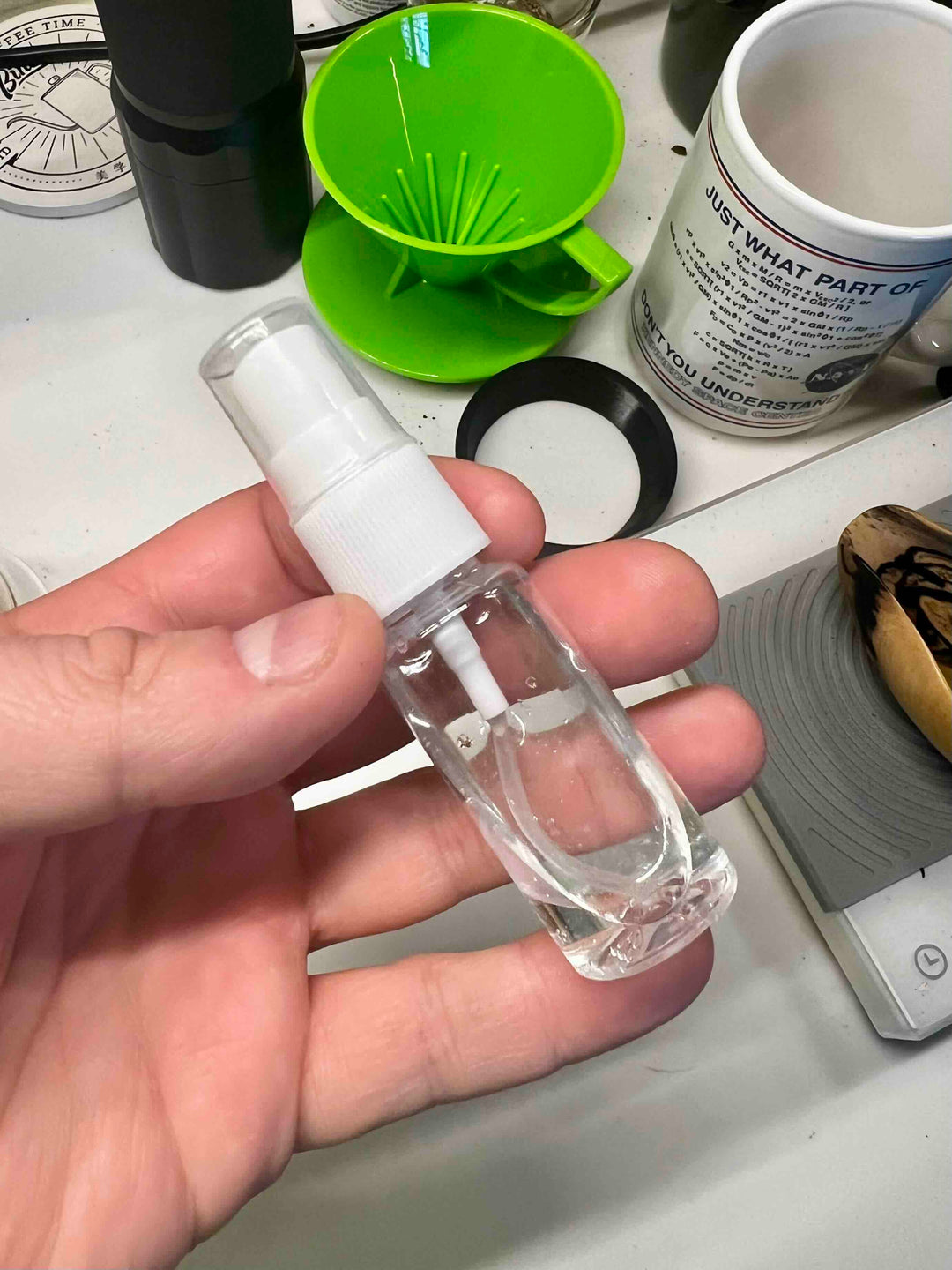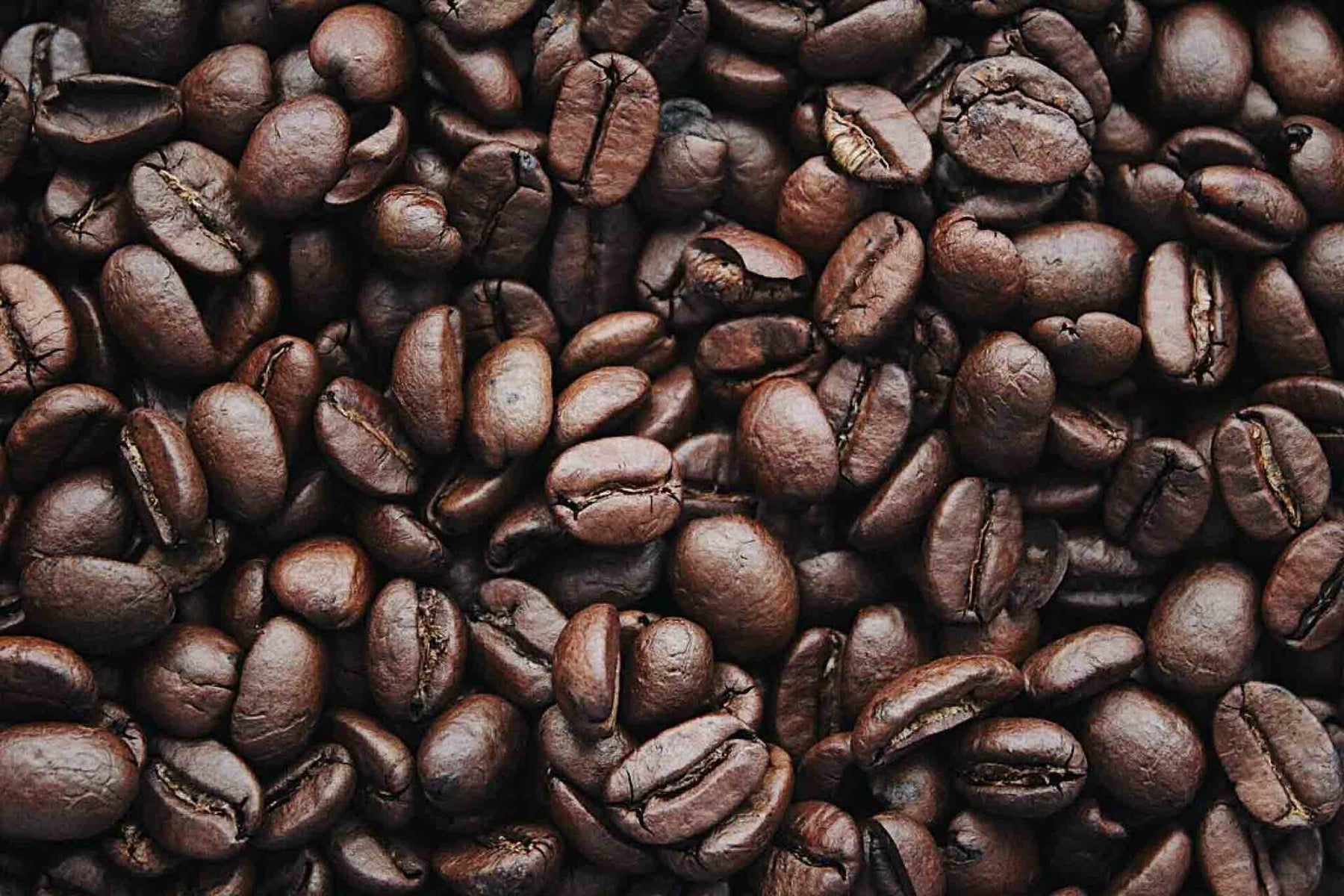Turin Grinders
View allTurin Espresso Machines
View allWhy Choose Espresso Outlet?
- Our Expertise - We serve a lot of customers. We have had hundreds of thousands of espresso lovers use our website in the last year alone.
- Free shipping with most orders - Free shipping on orders over $100. An exception to this is commercial espresso machines and espresso machines that require shipment on a pallet via Less Than a Truckload.
- Quick turn around - Most in stock orders ship within 24 to 48 hours.
- 30 Day Returns - For products with standard terms and conditions. See terms and conditions for details.
- Quick Standard Shipping Transit Time - For items that ship with our standard free shipping, usual transit time is 1 to 5 days, depending on your location.
- 100% Secure Checkout Process - We use PayPal's secure payment gateway for processing orders, including credit card and debit card orders.
- Order by 11:59AM for same day shipping for most orders. Can be up to 2 business days, but we try to get things out quickly.




